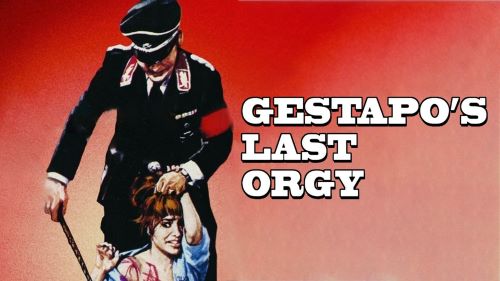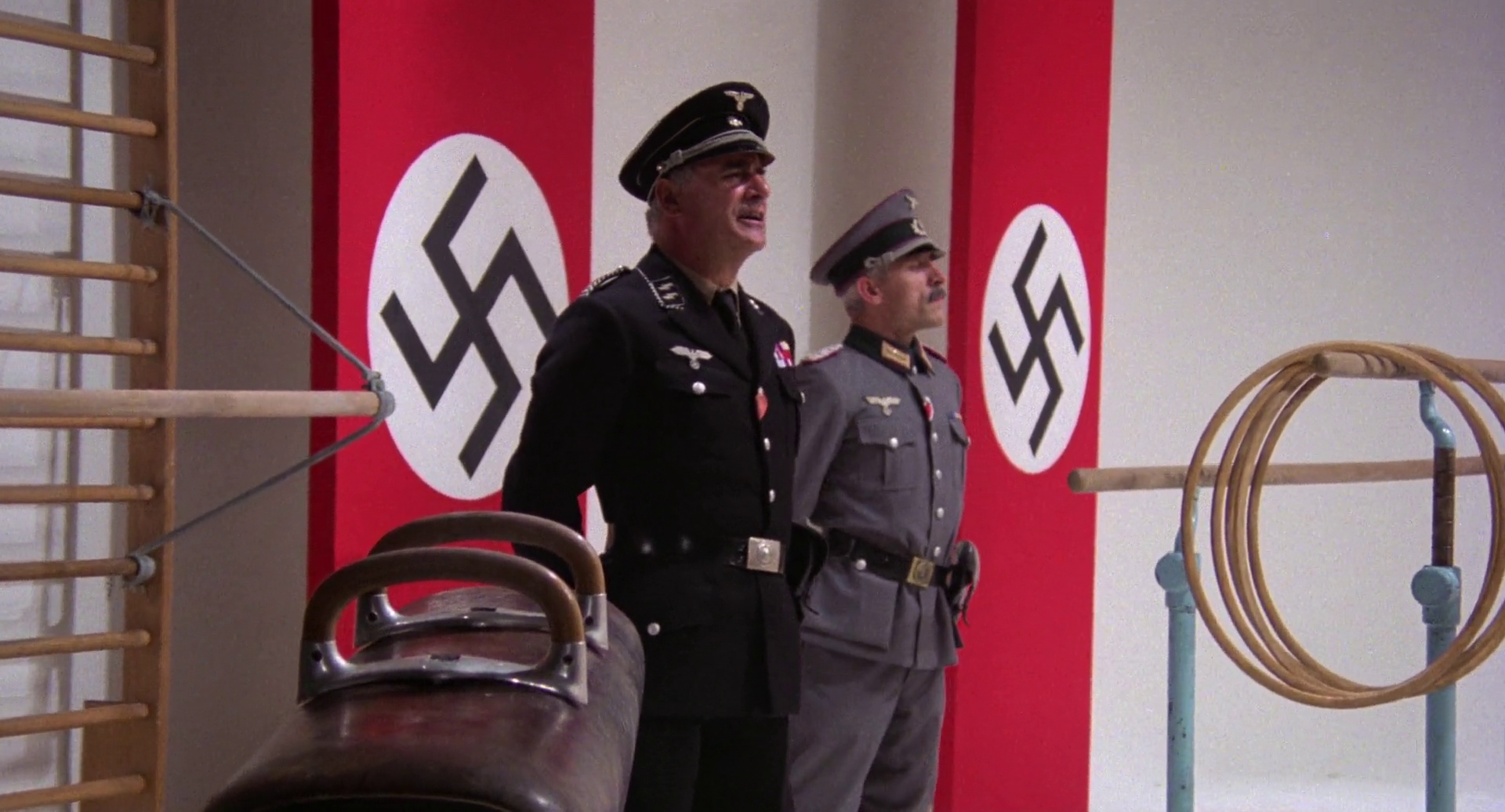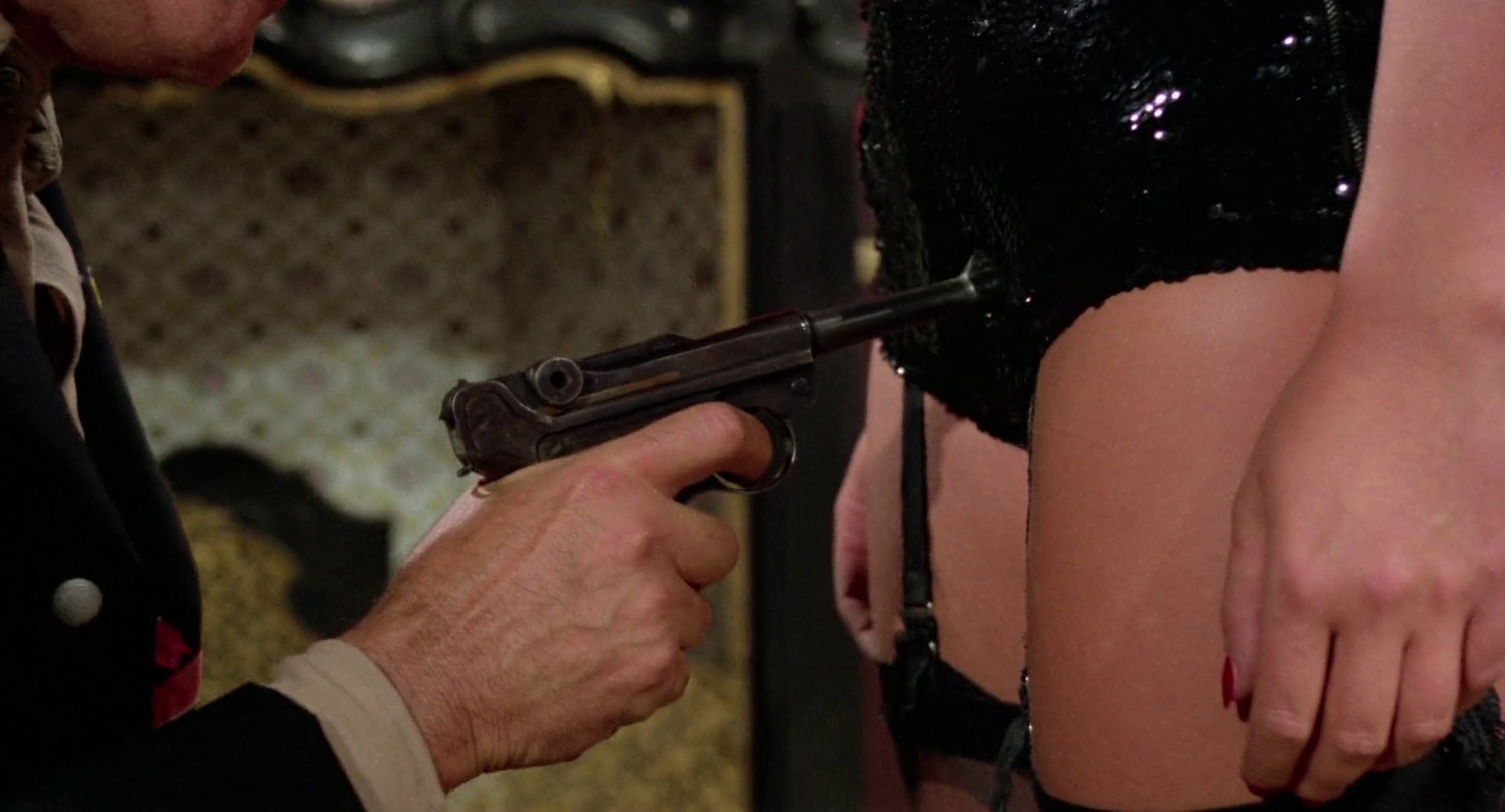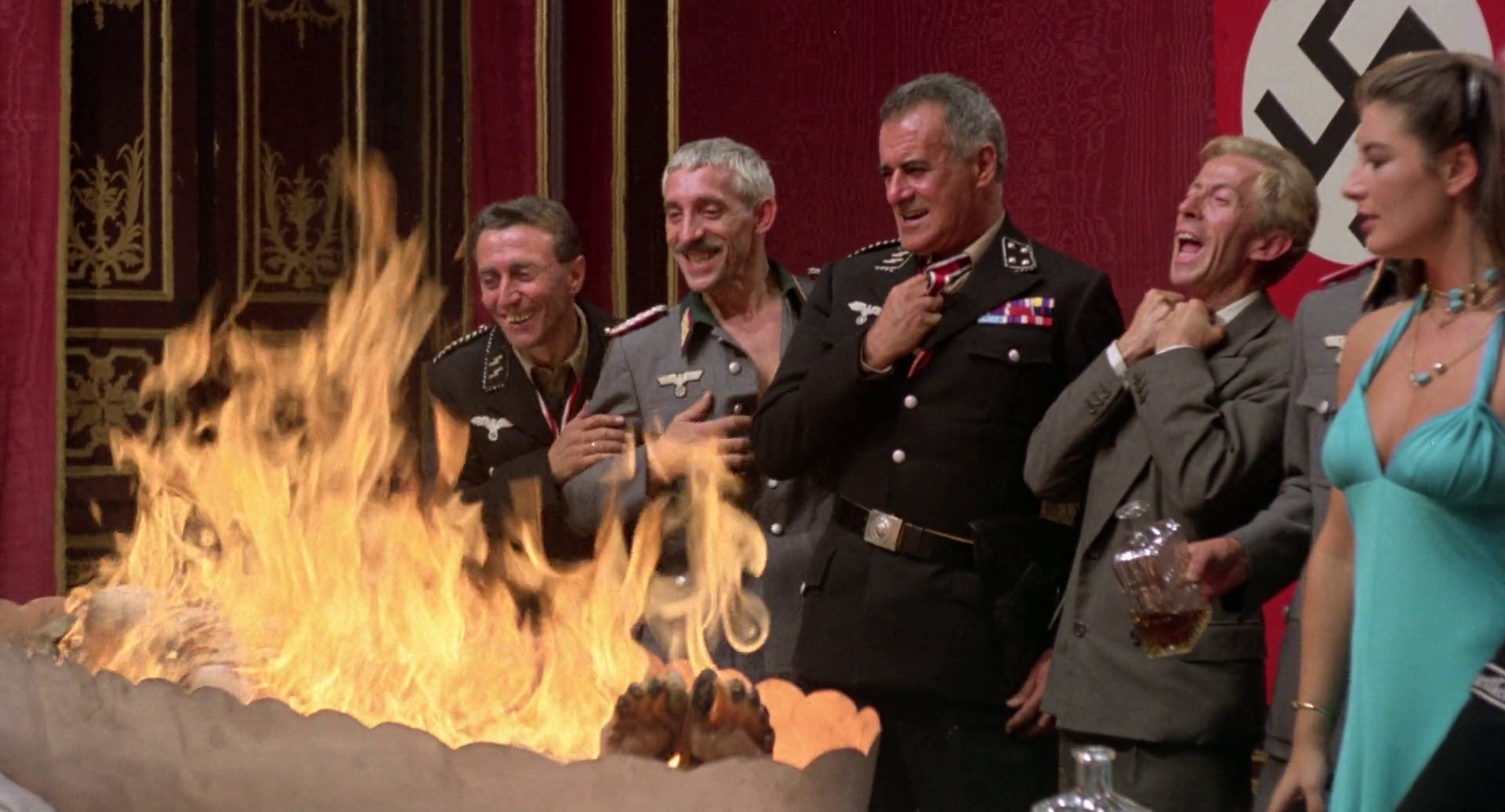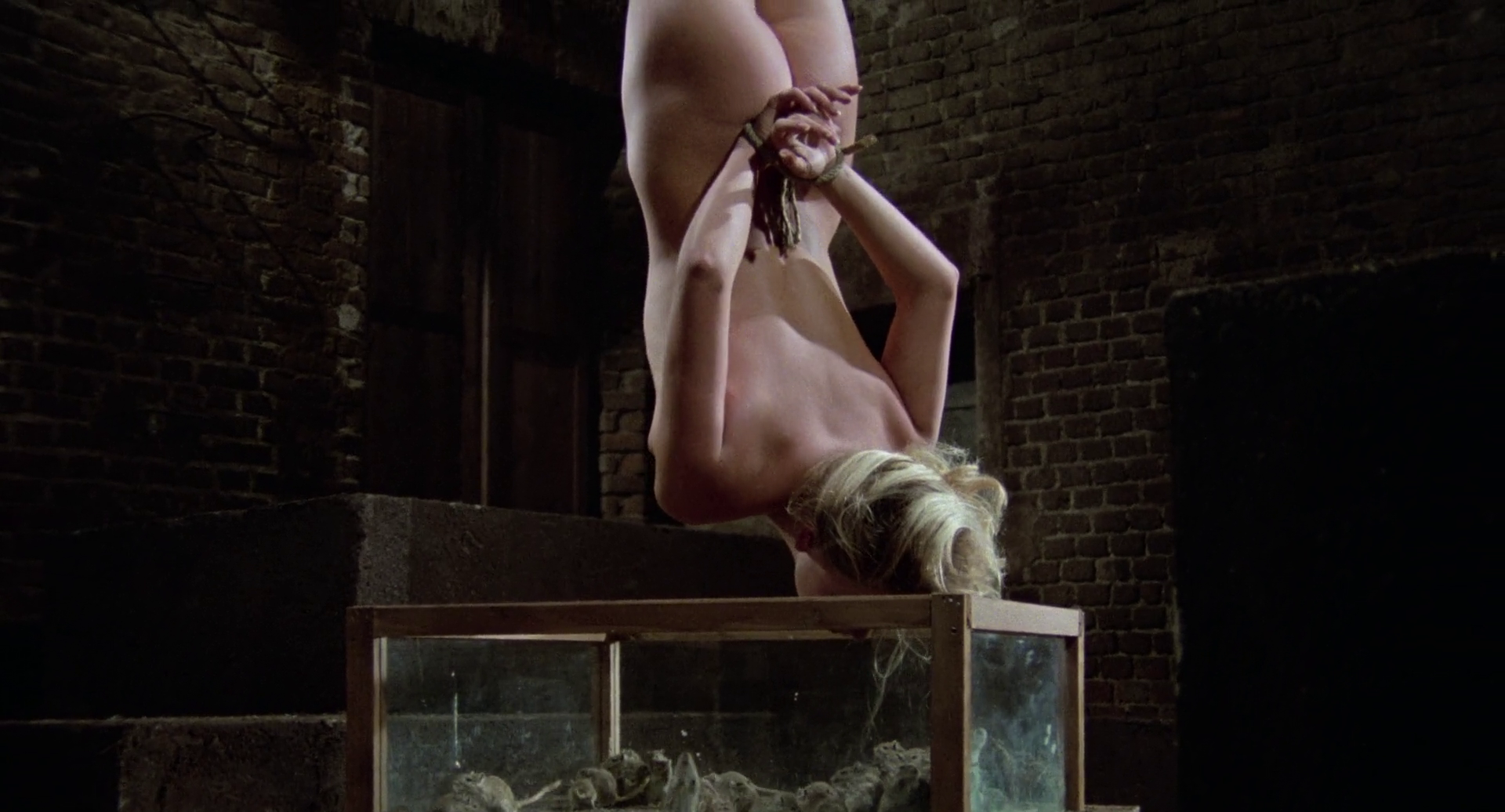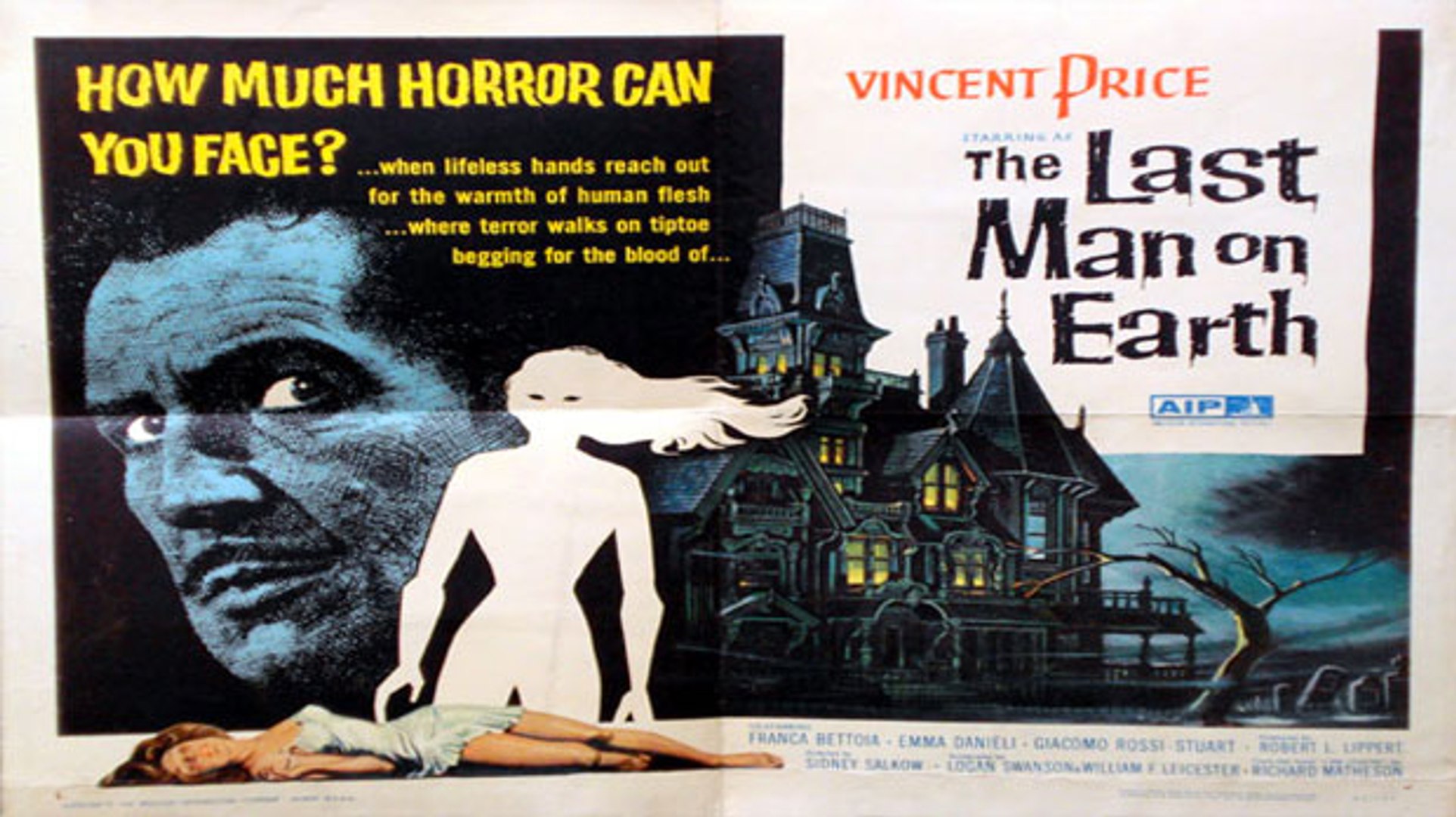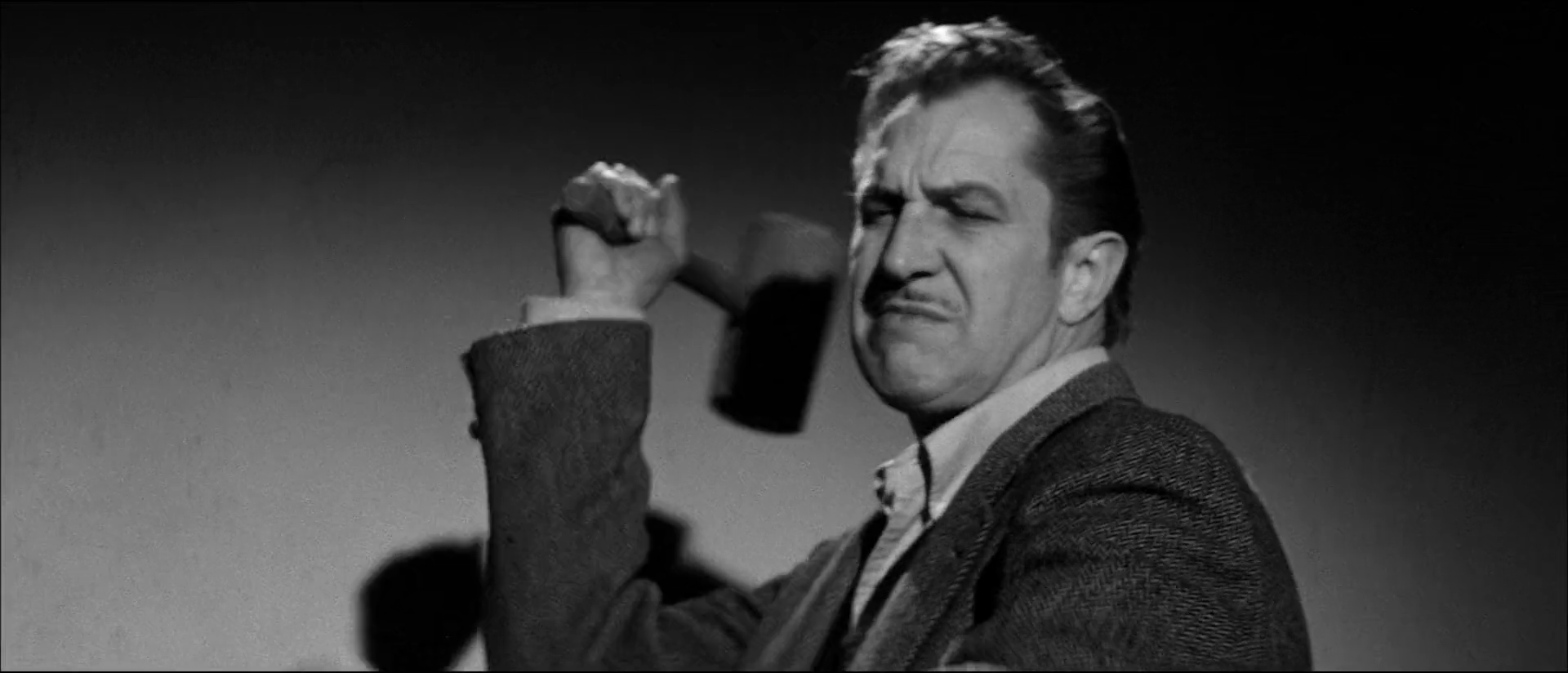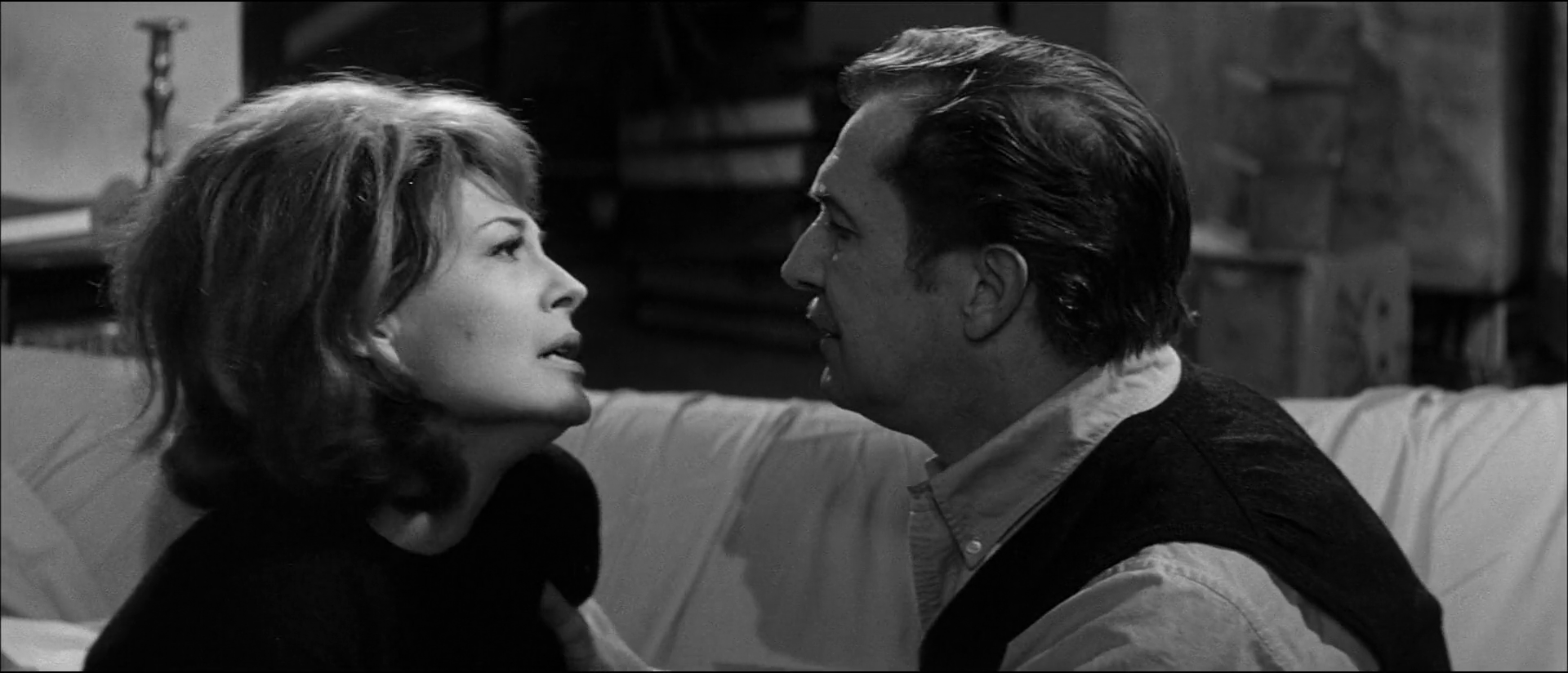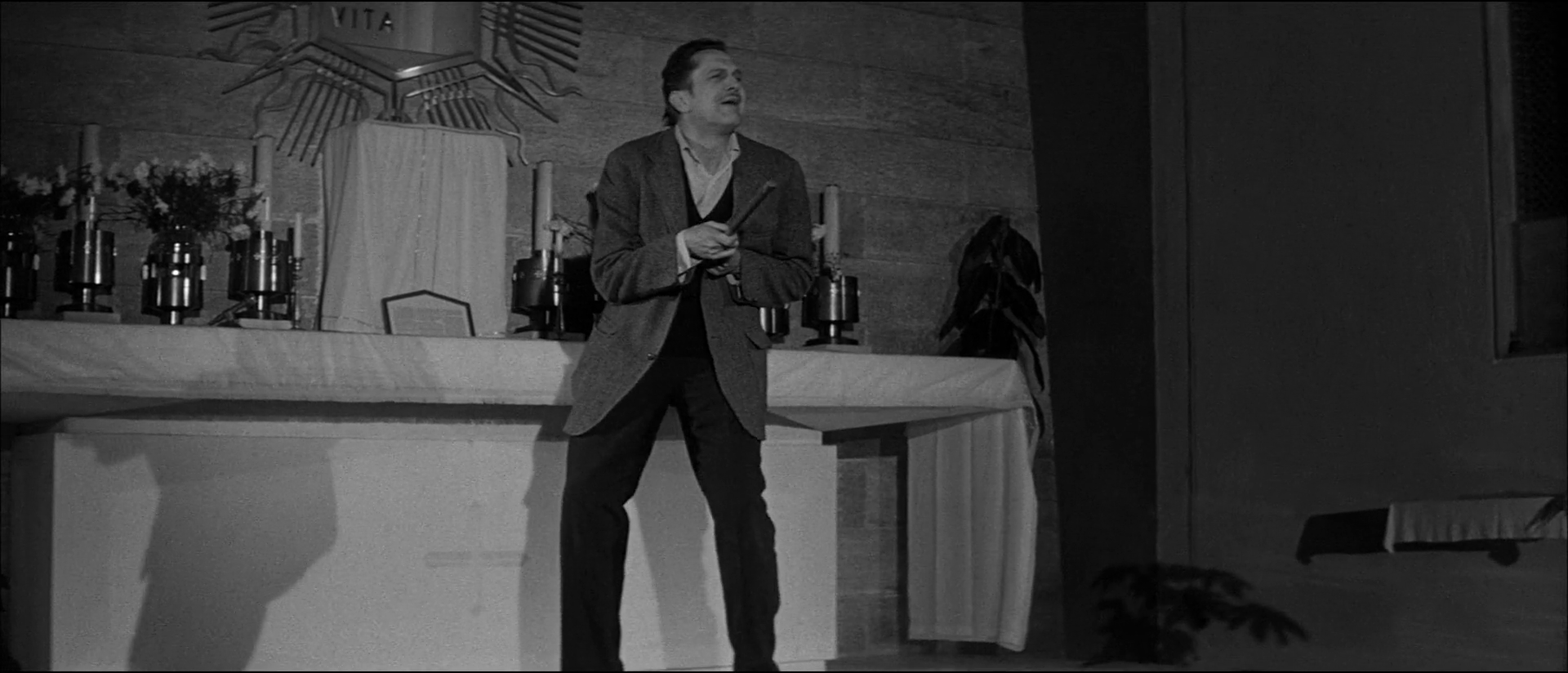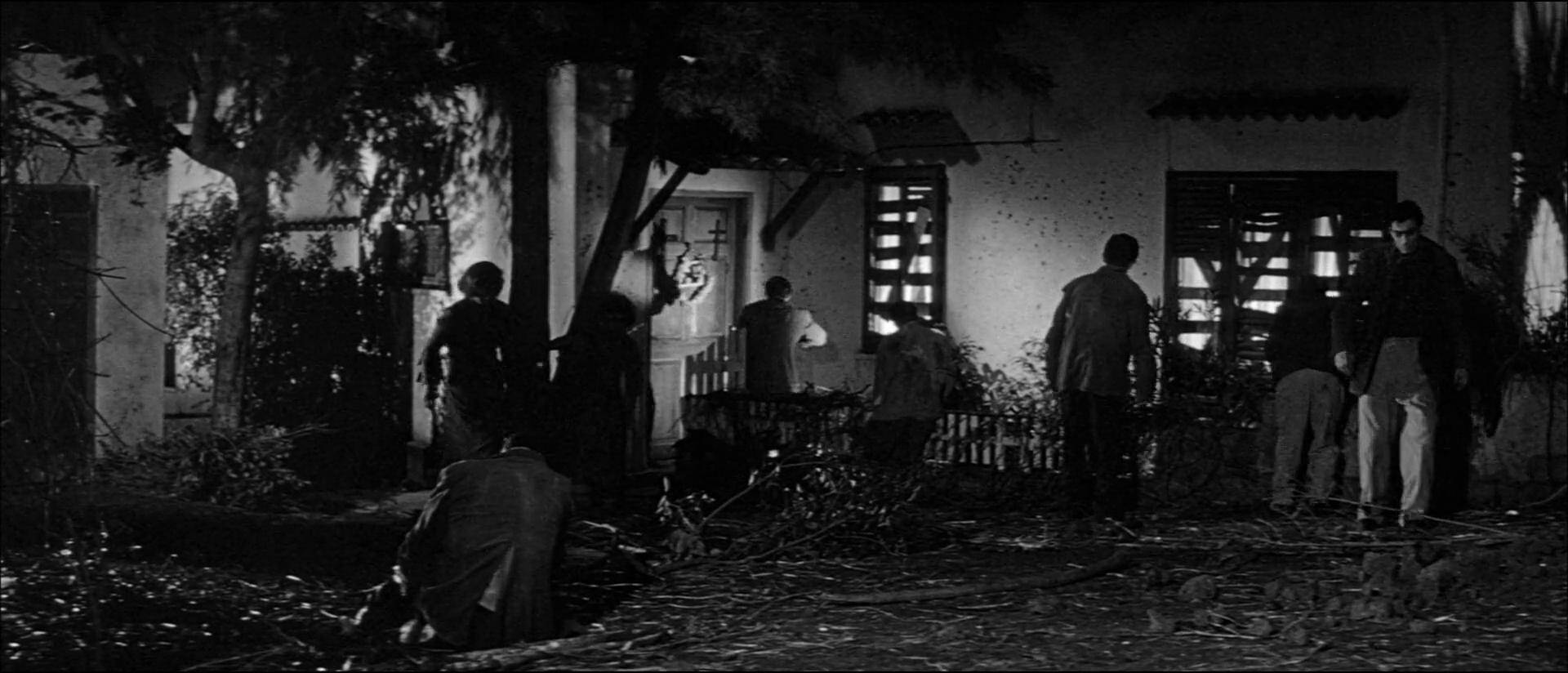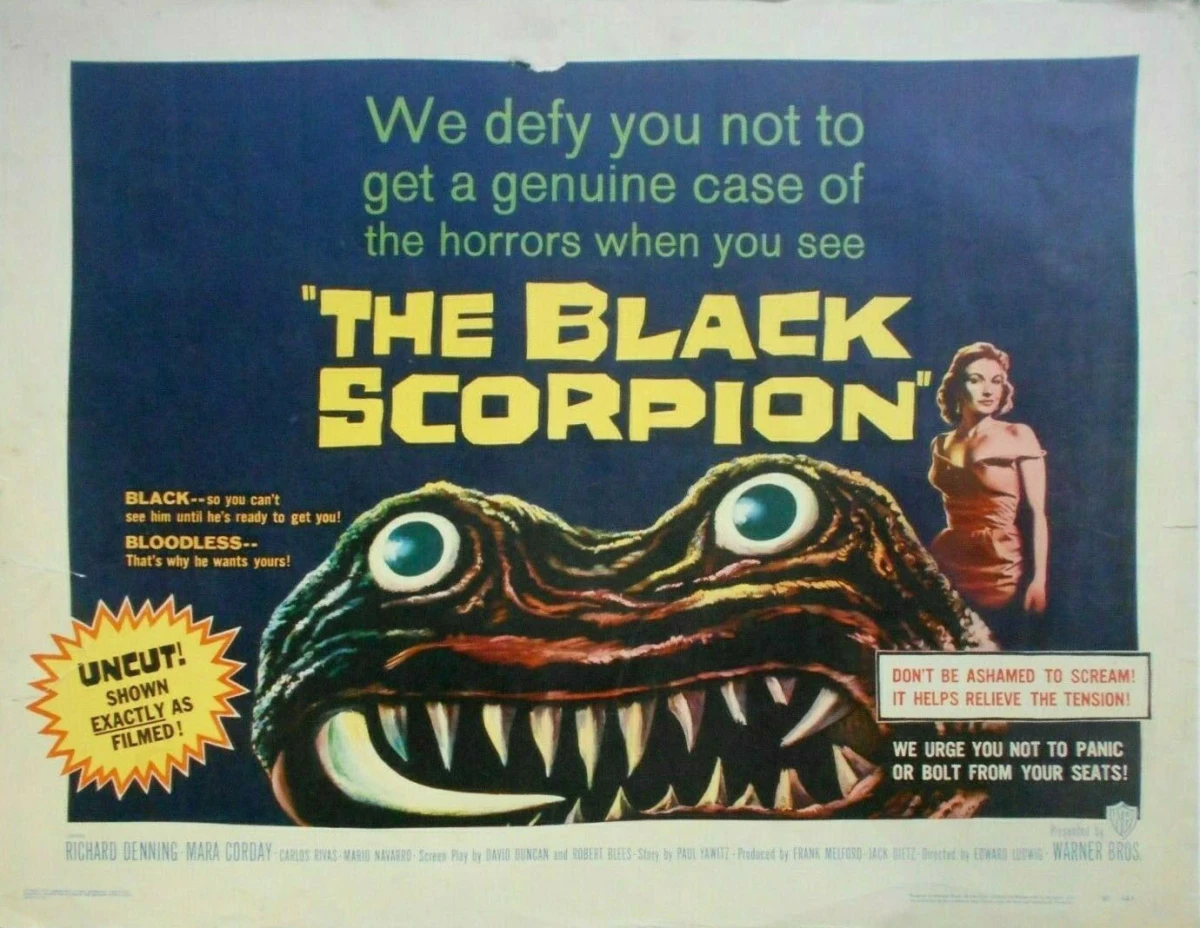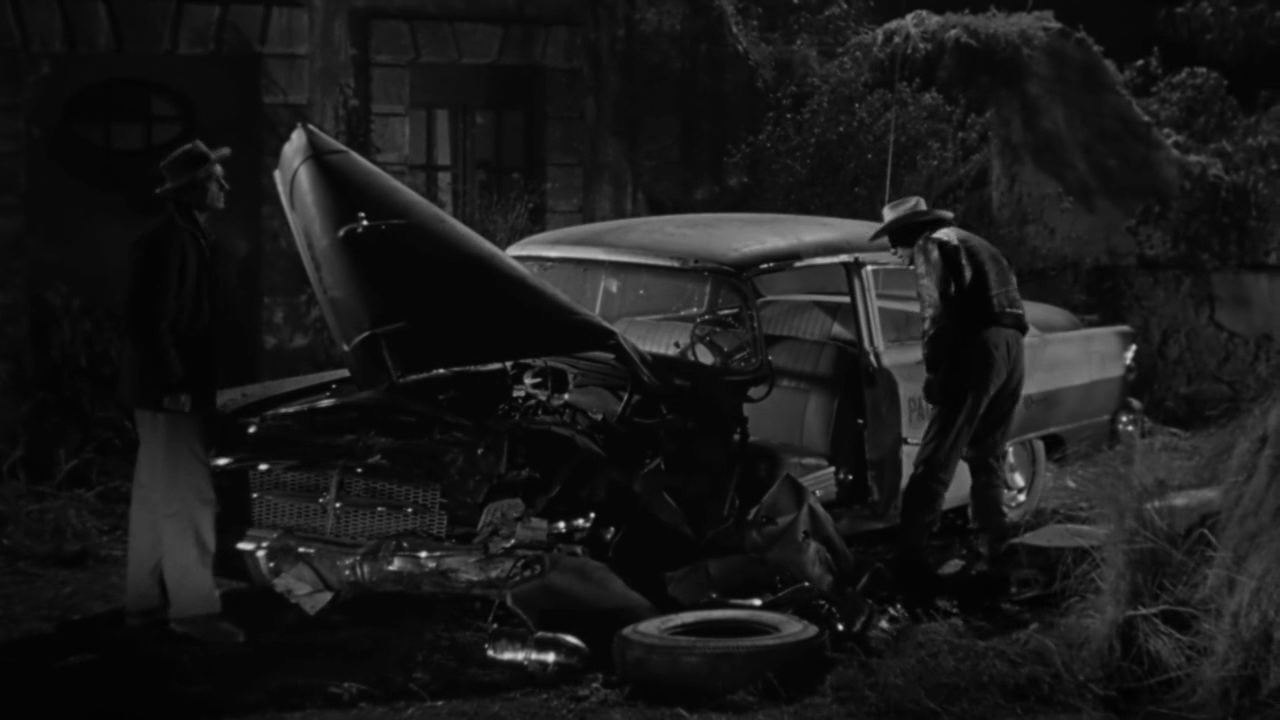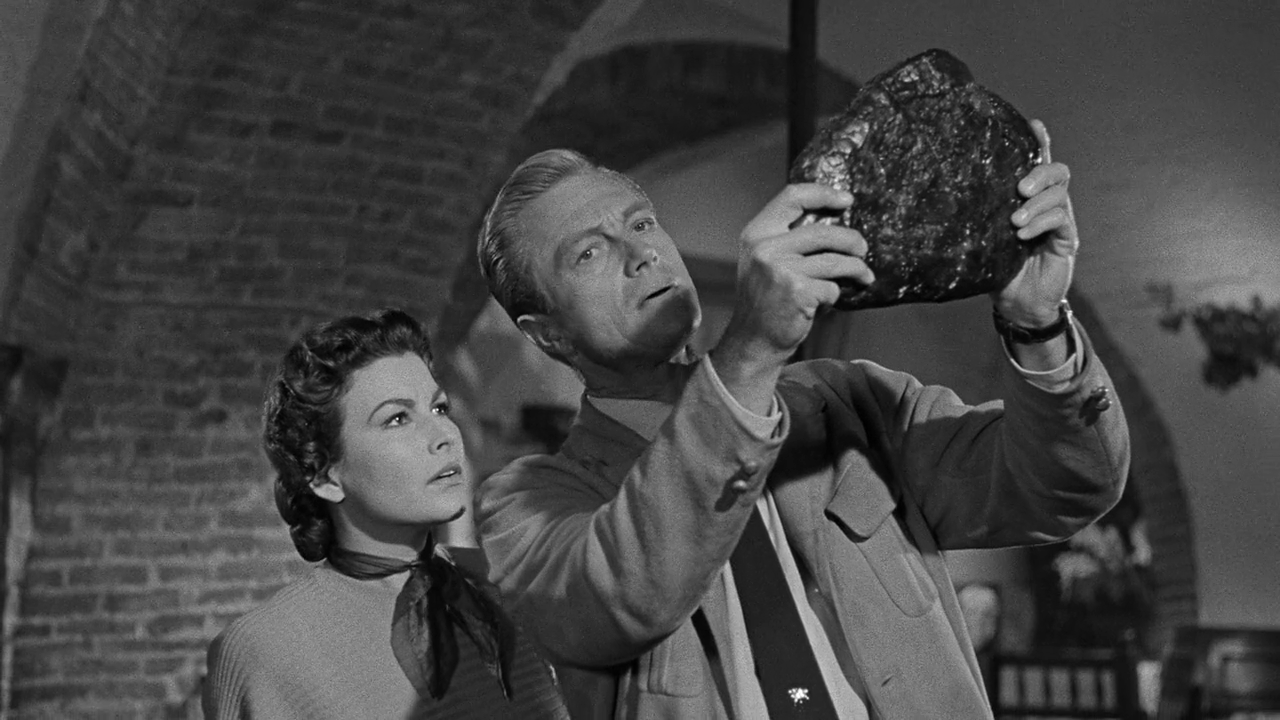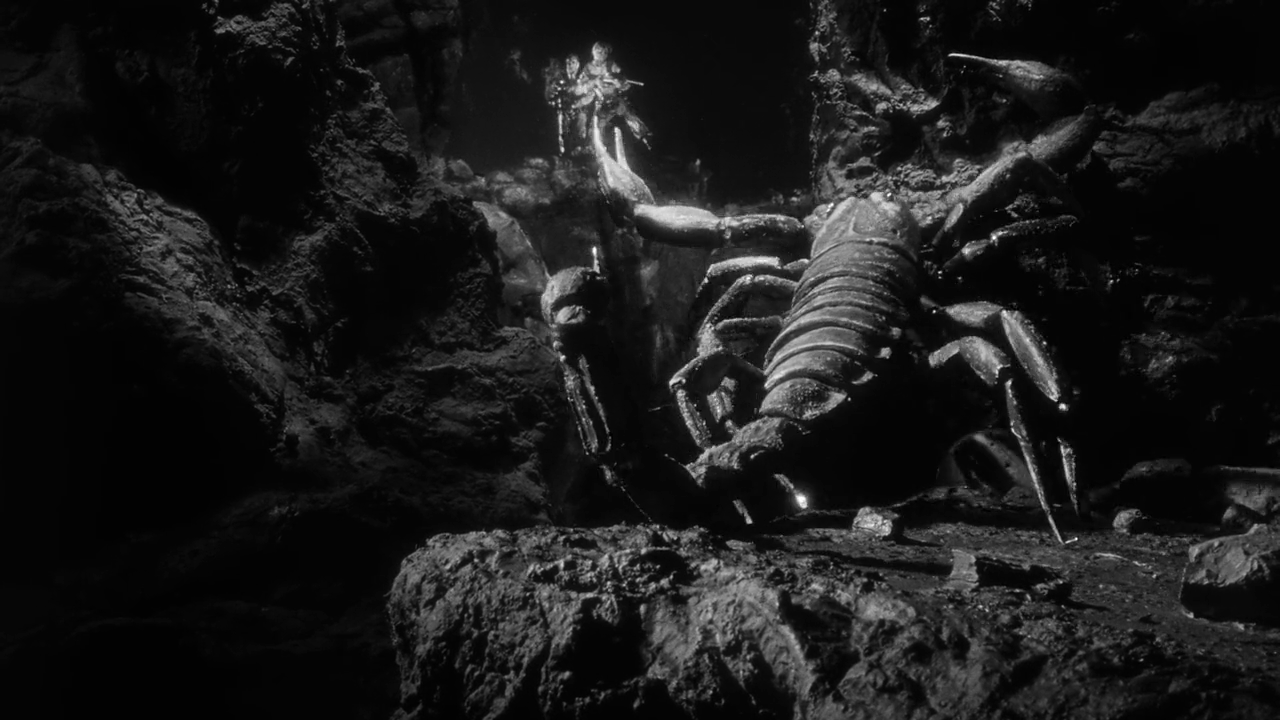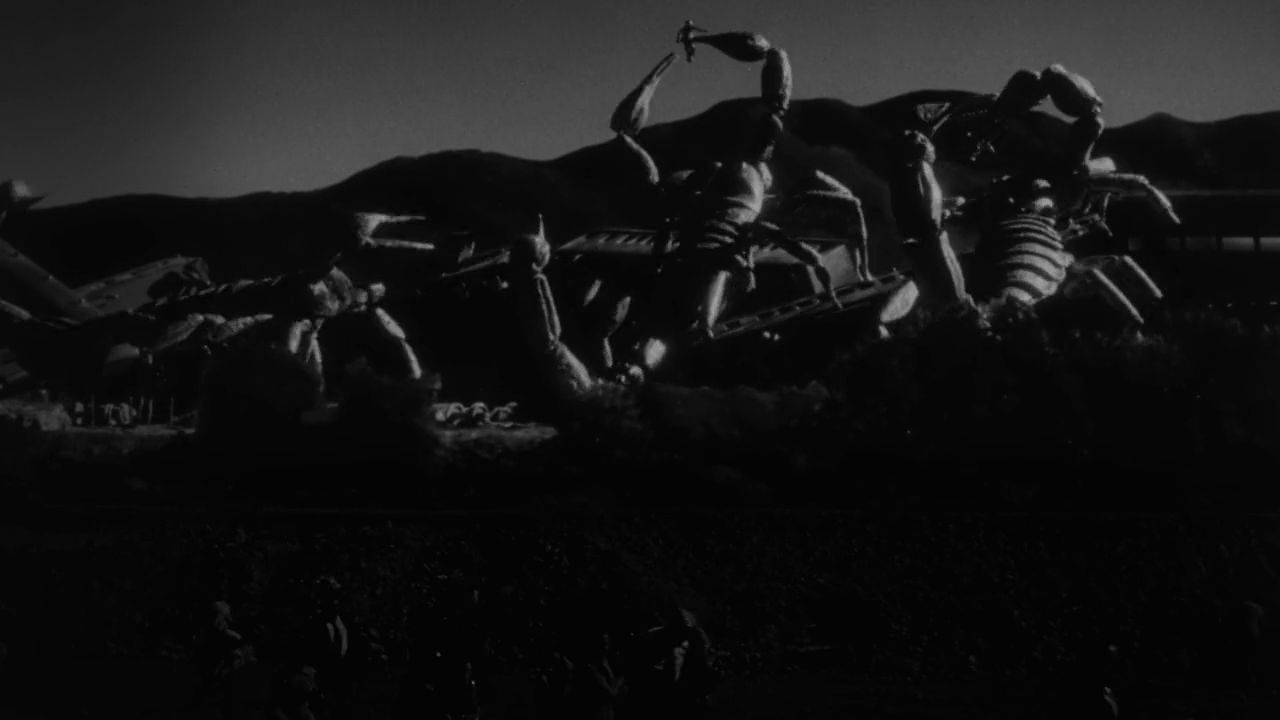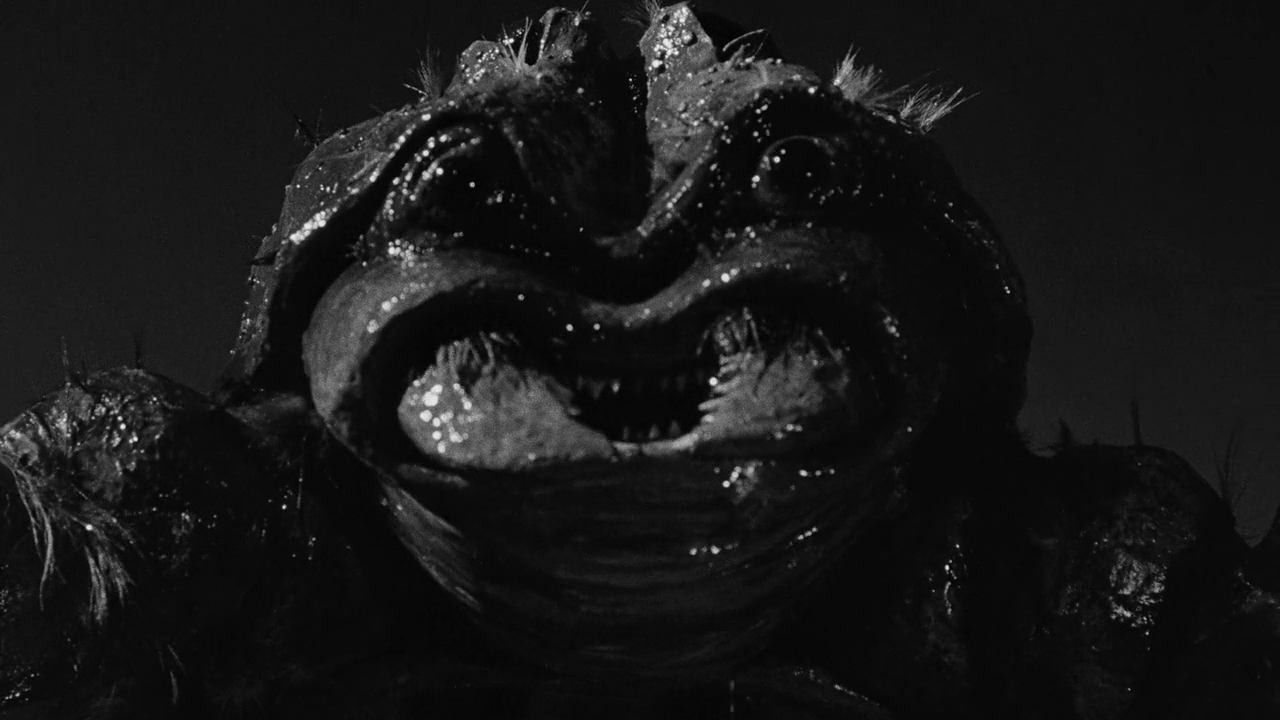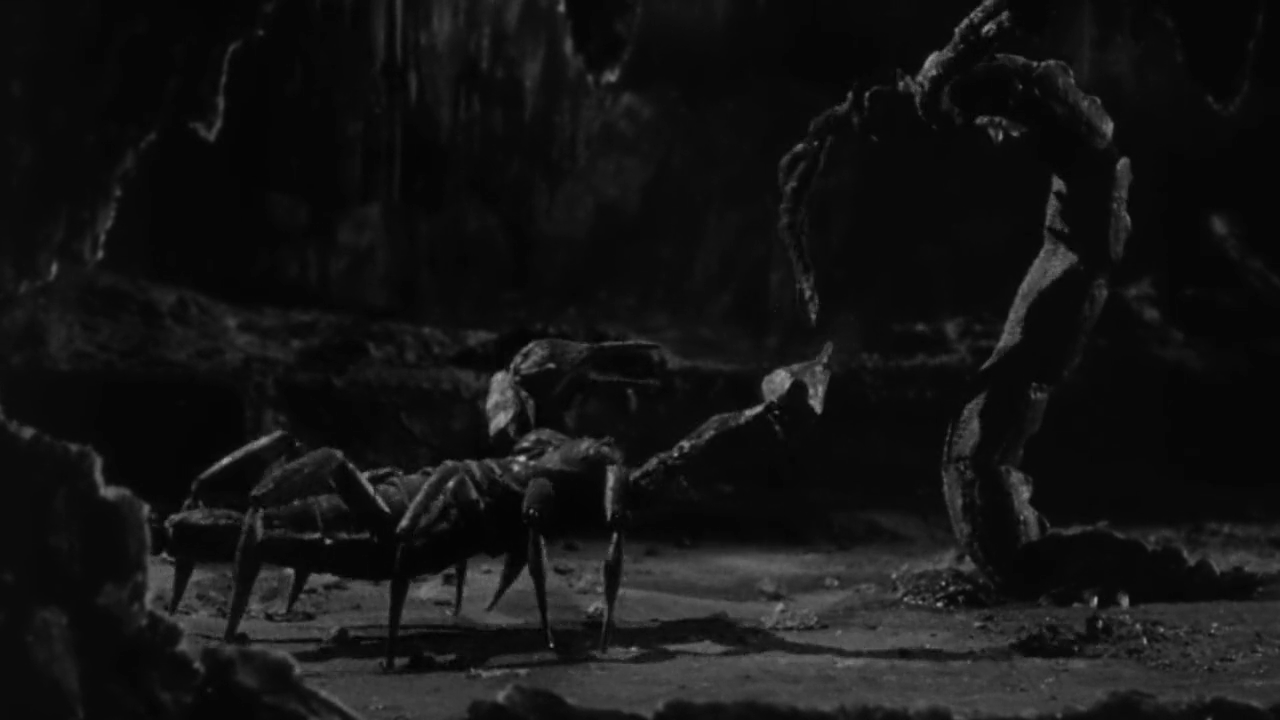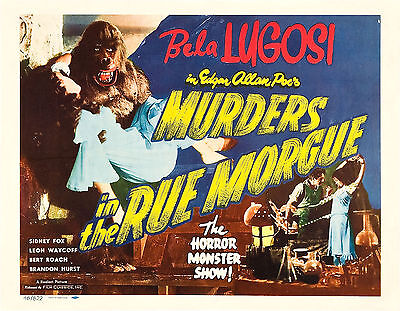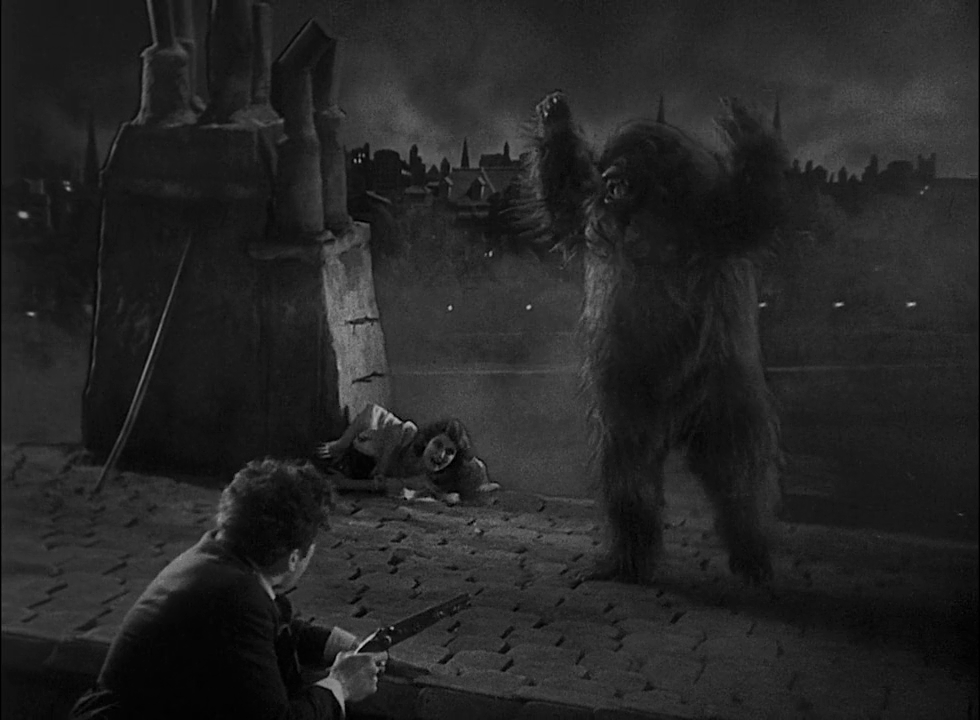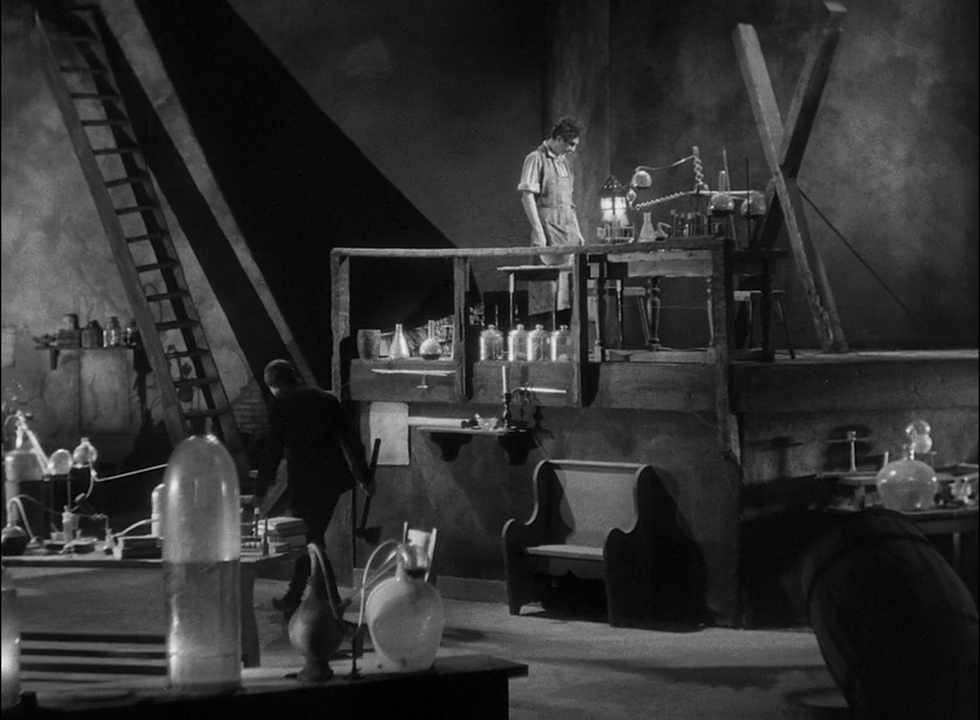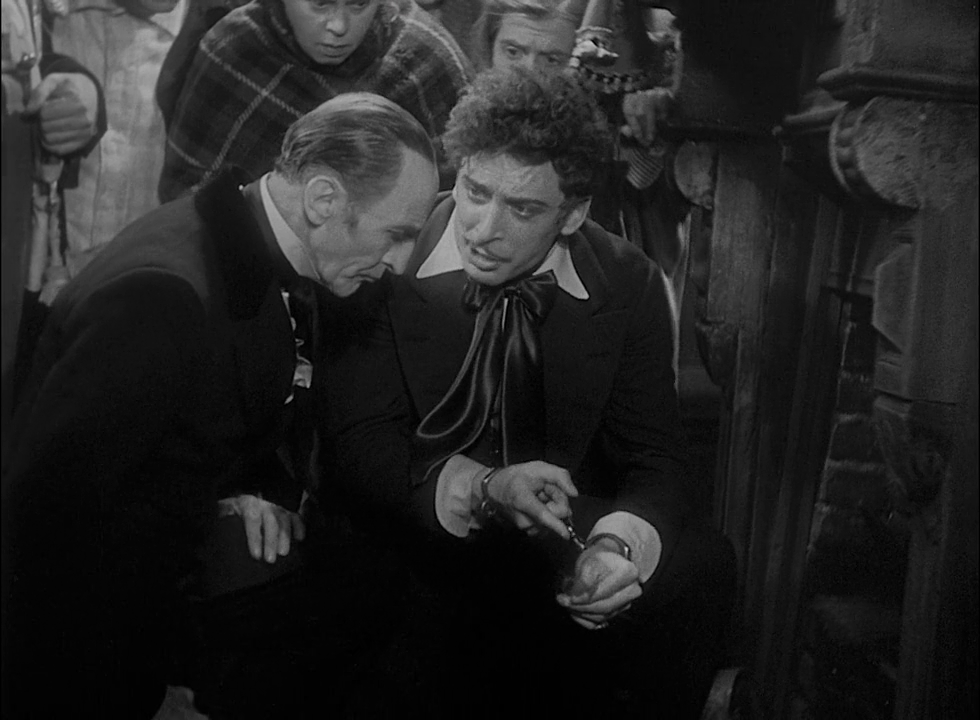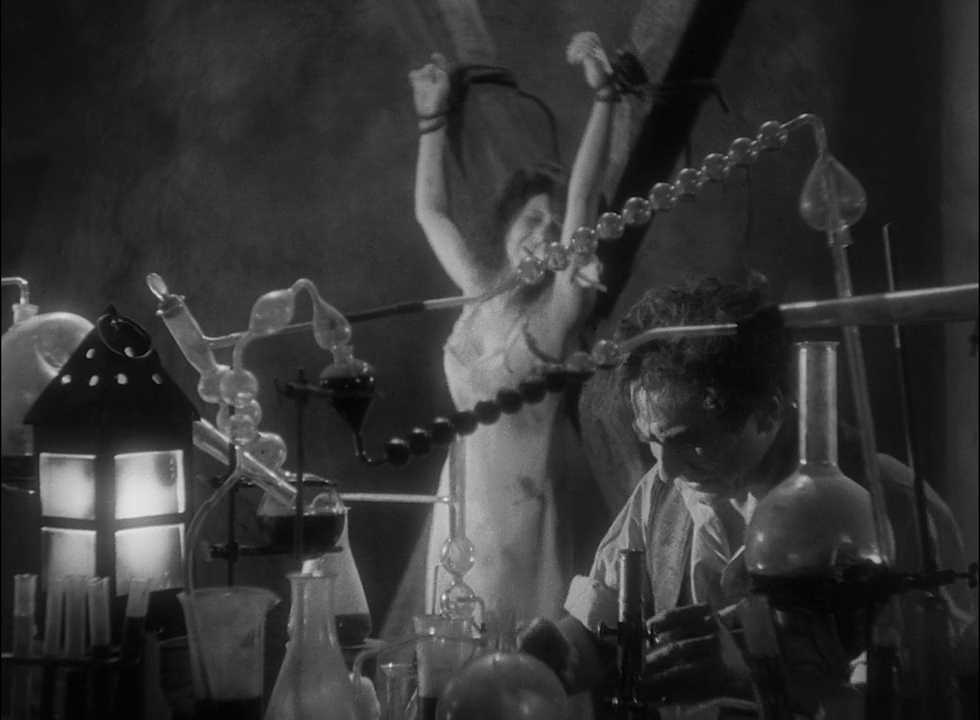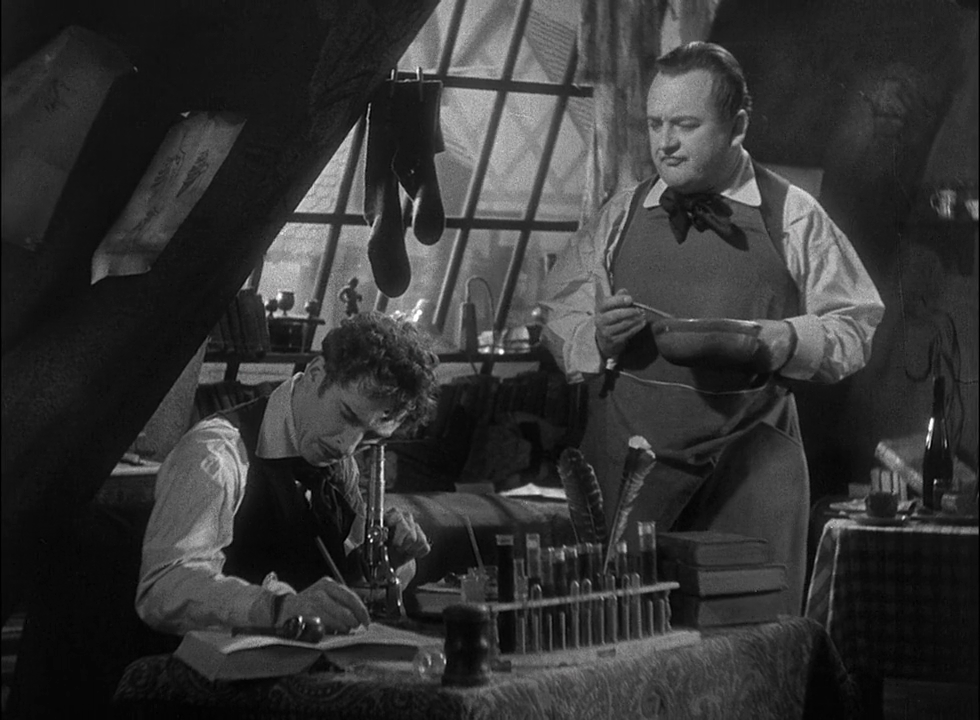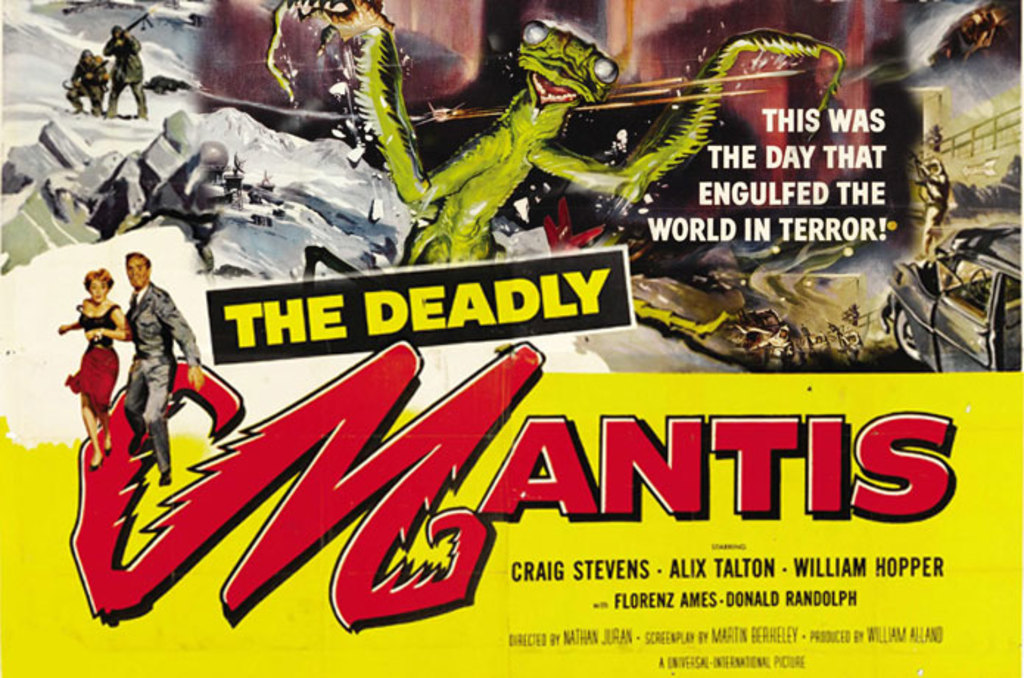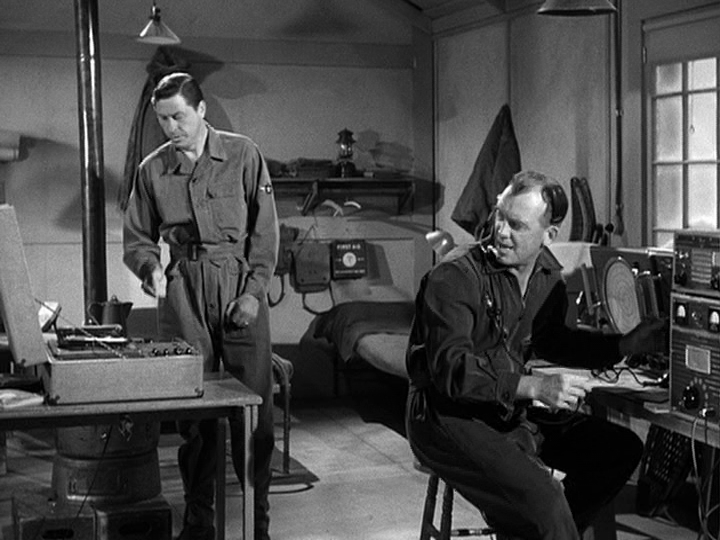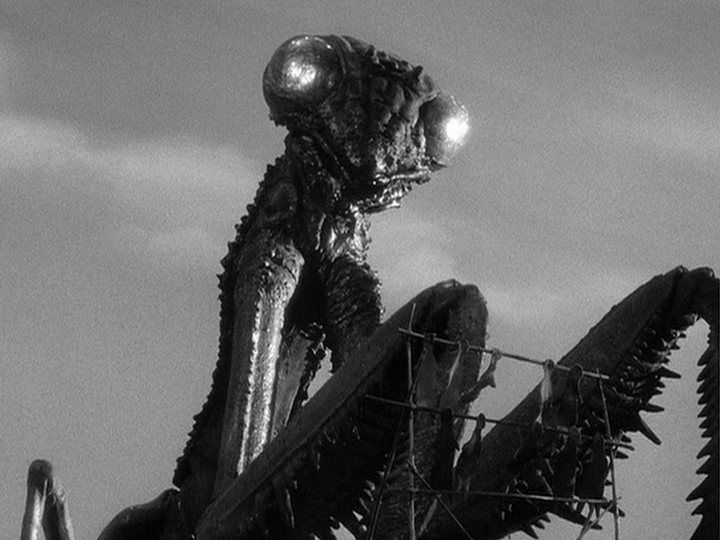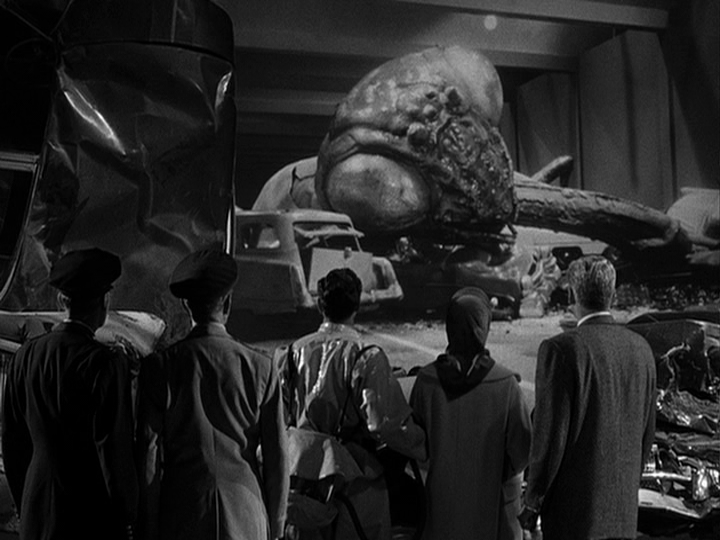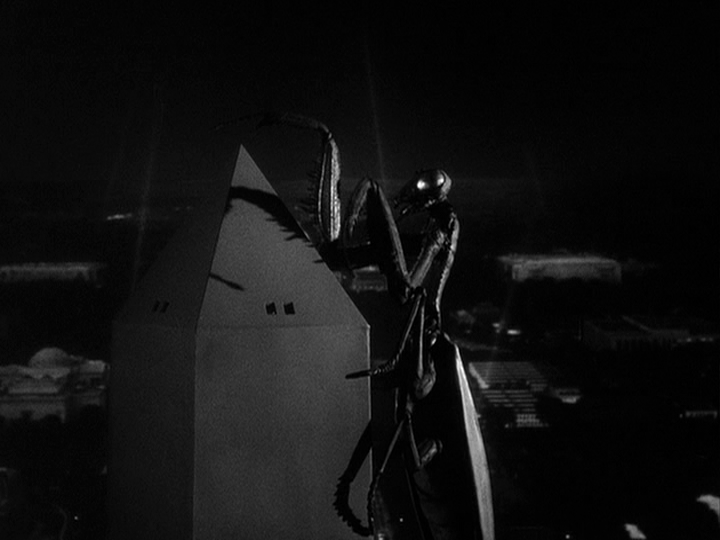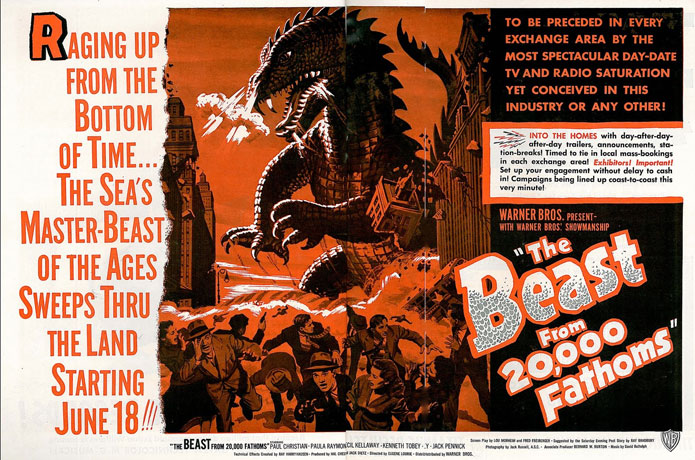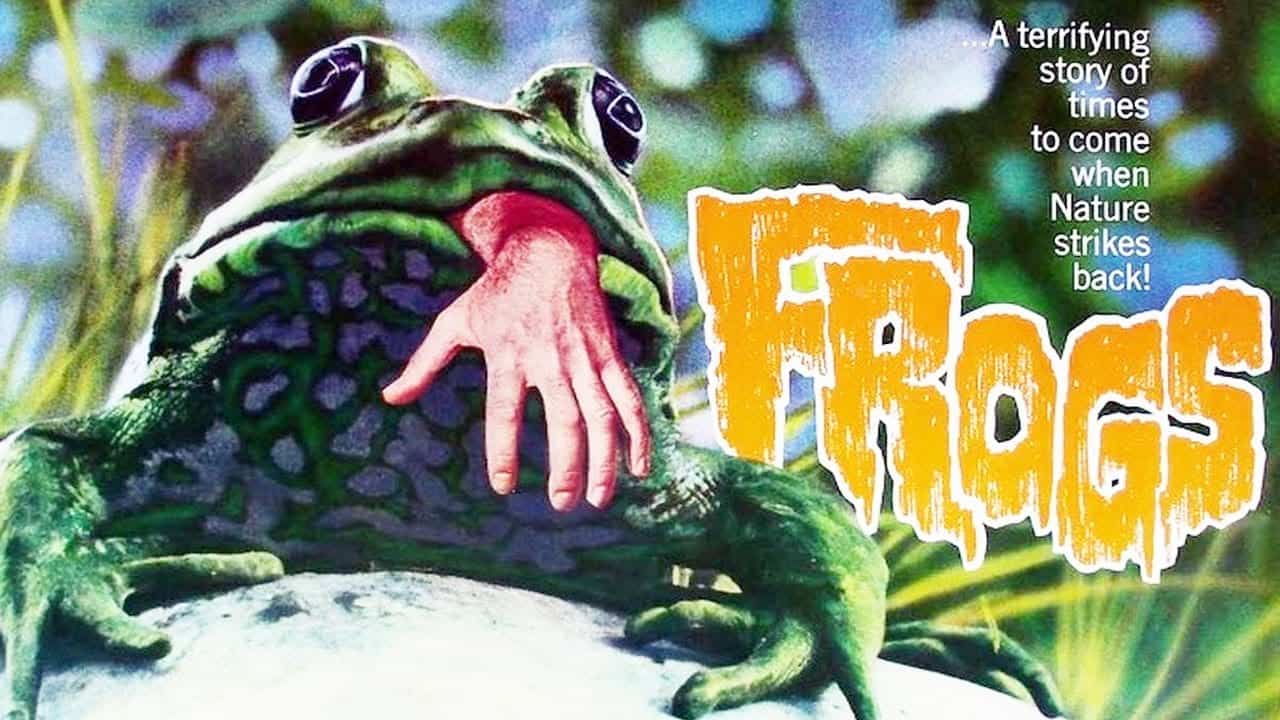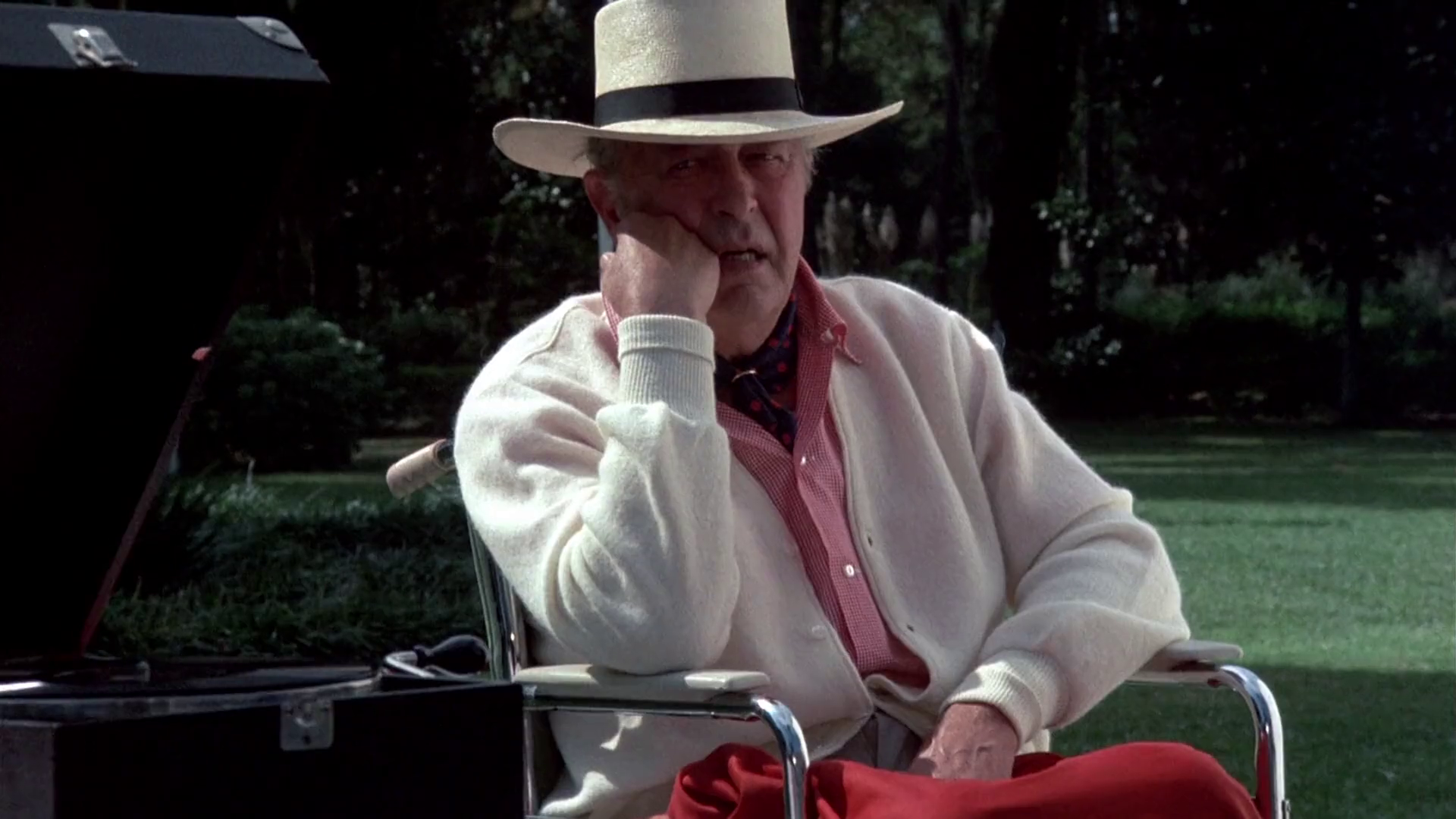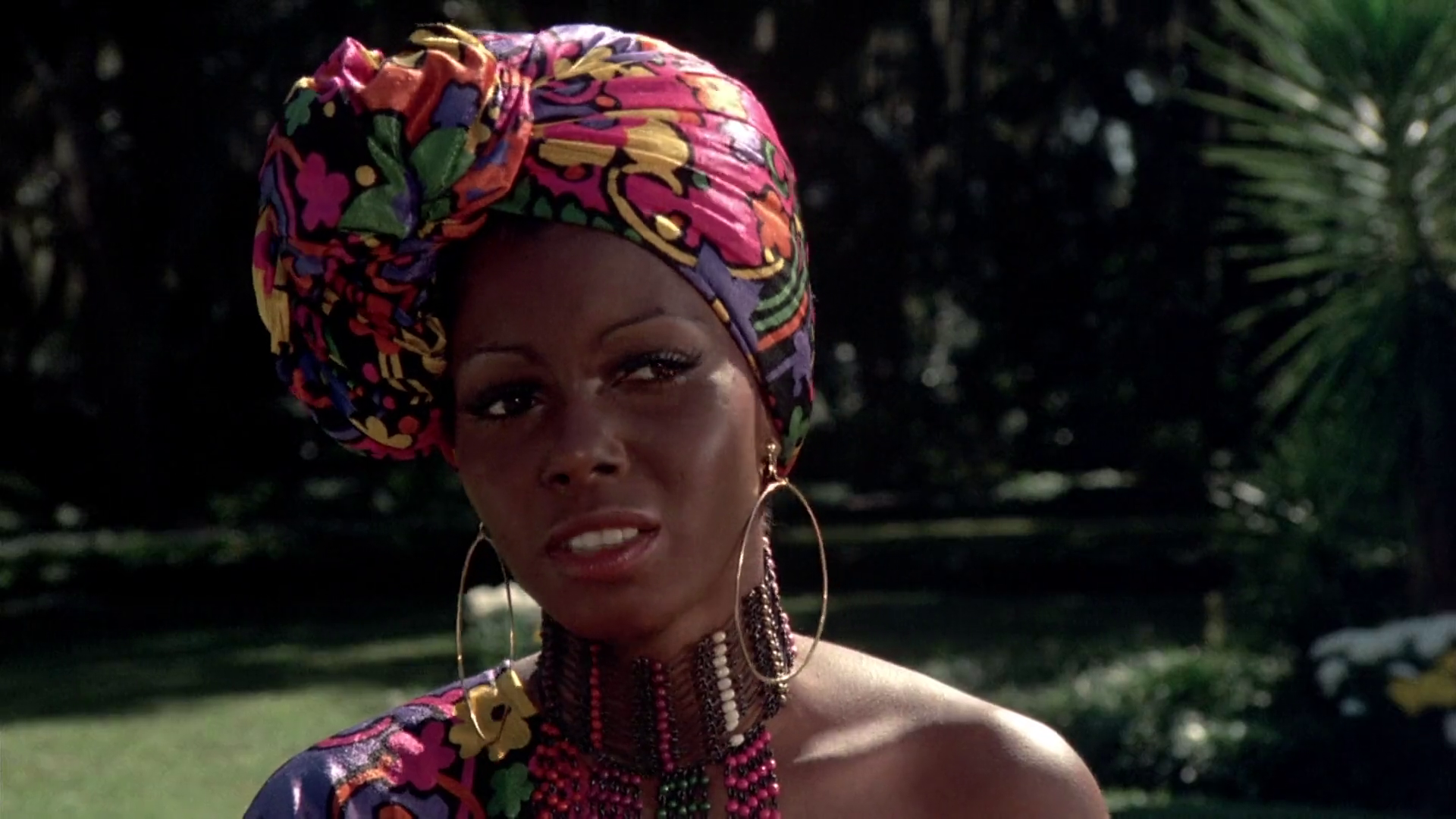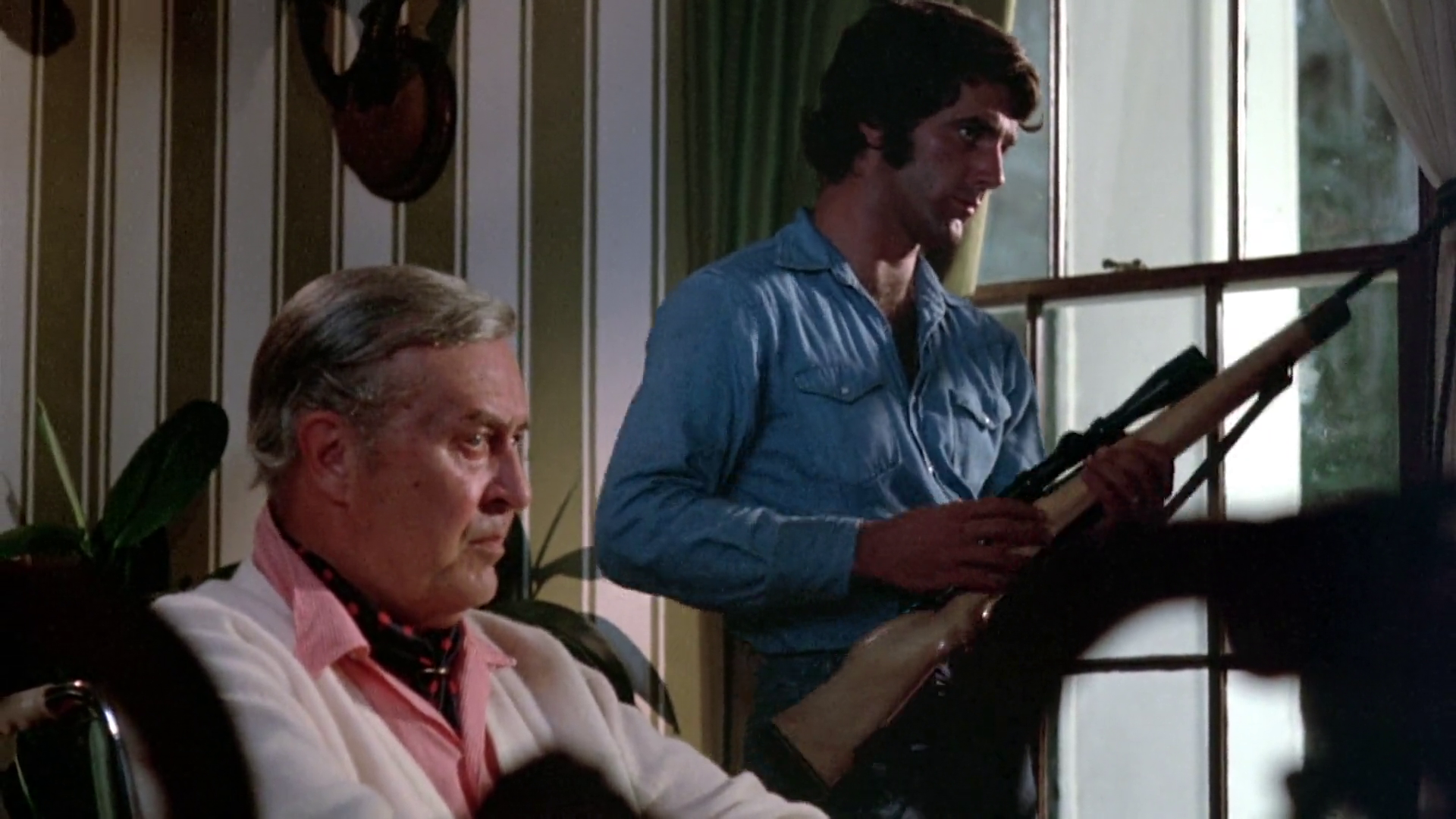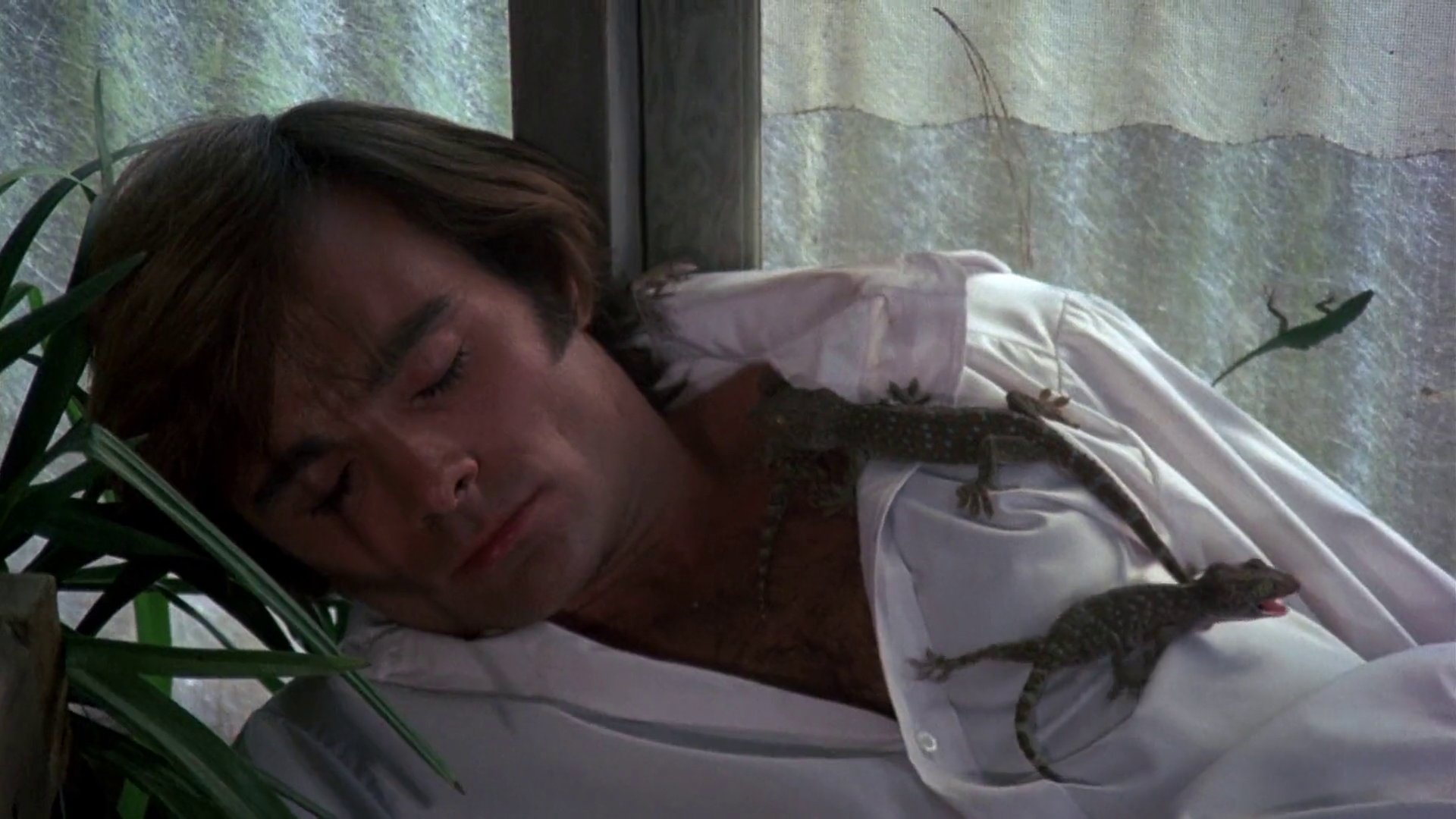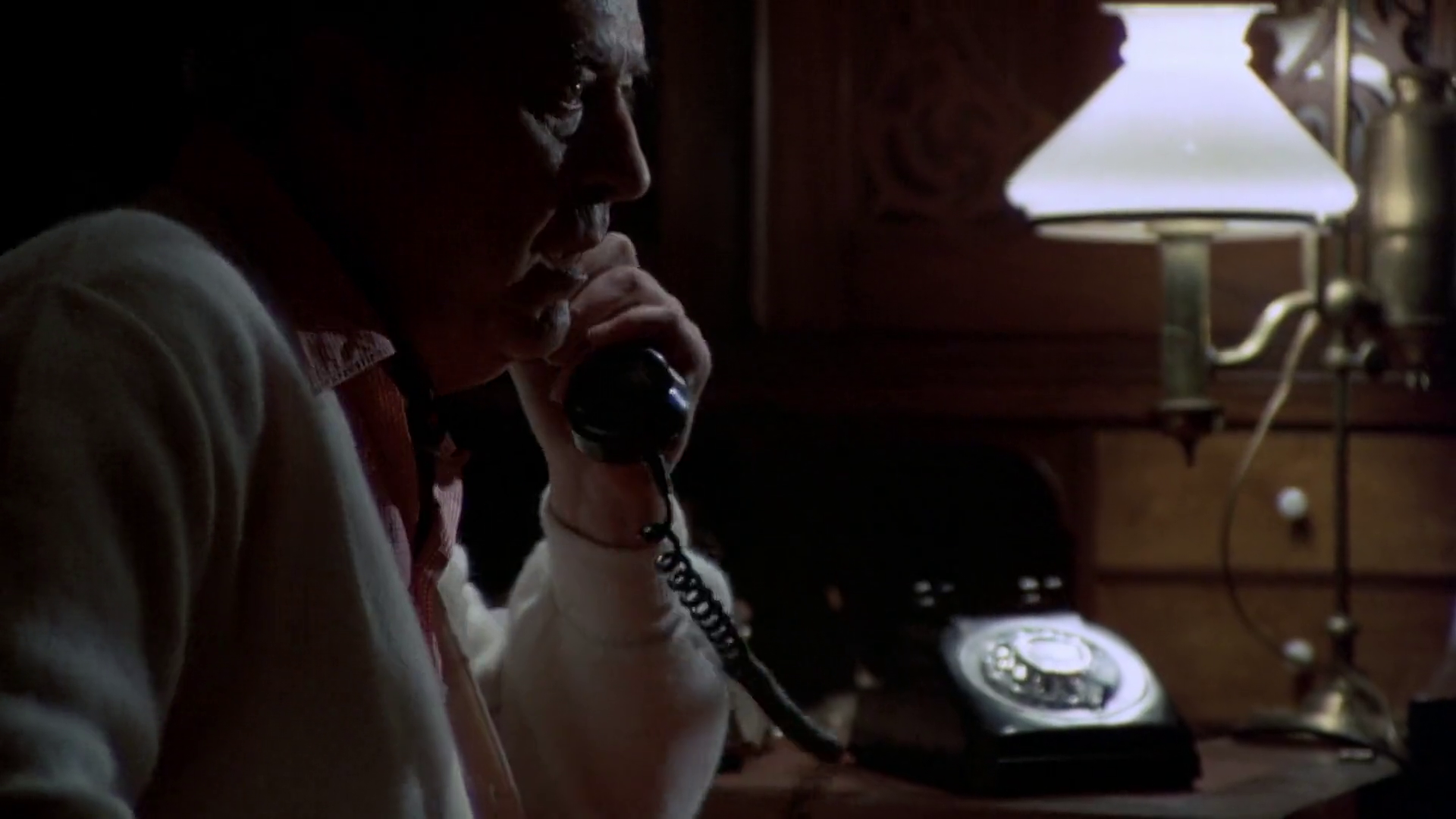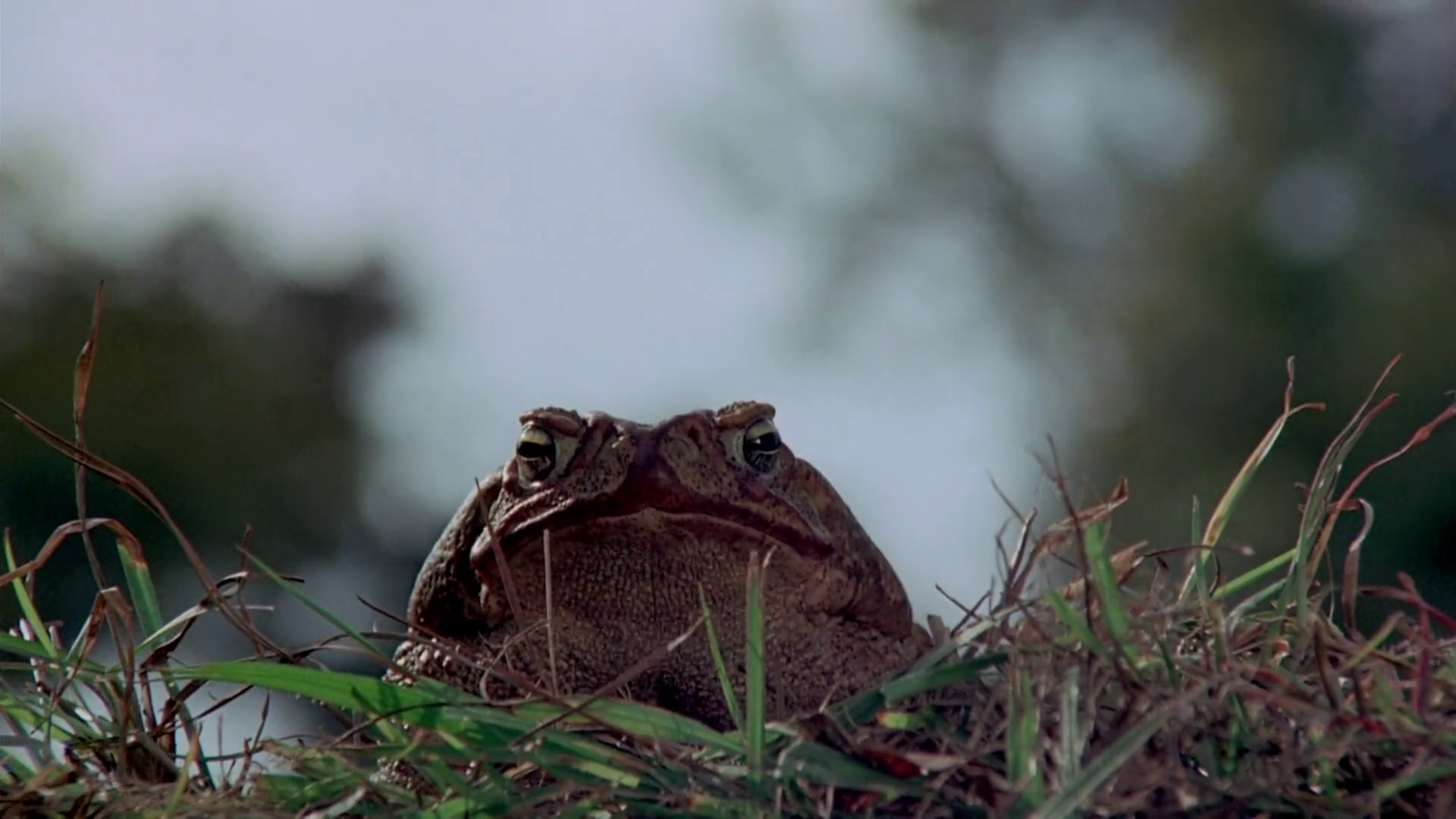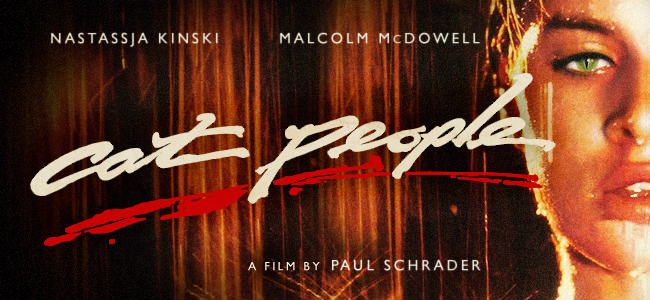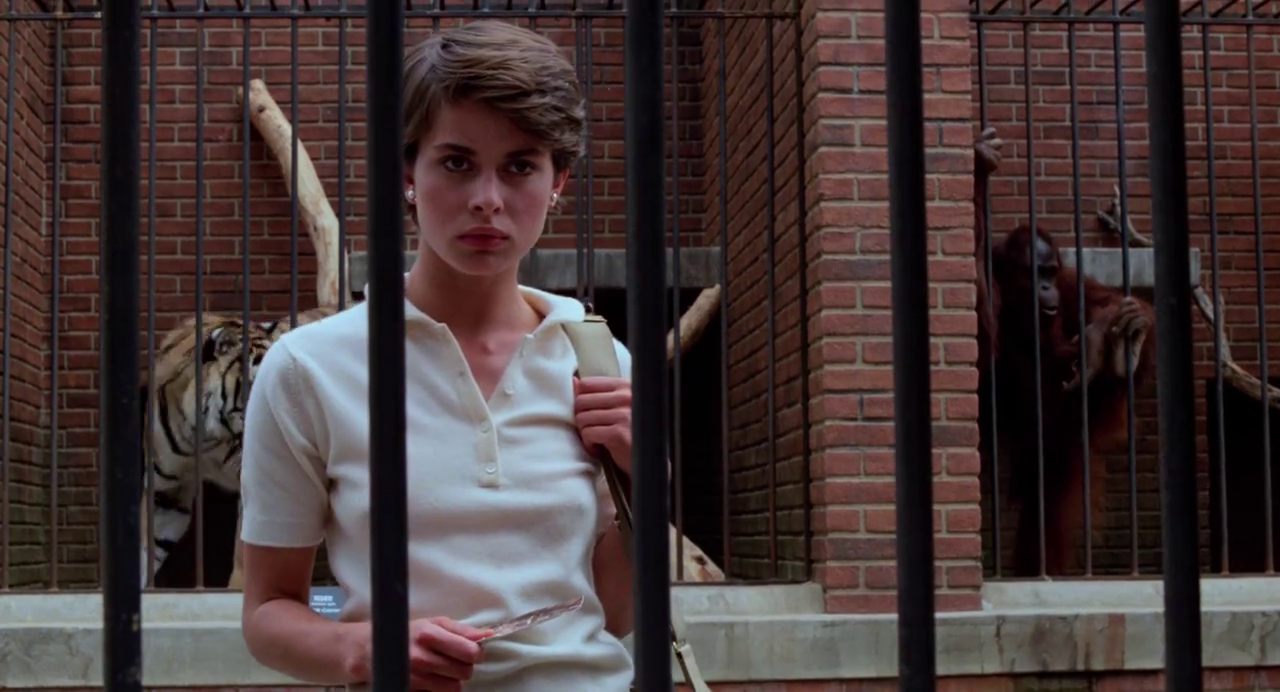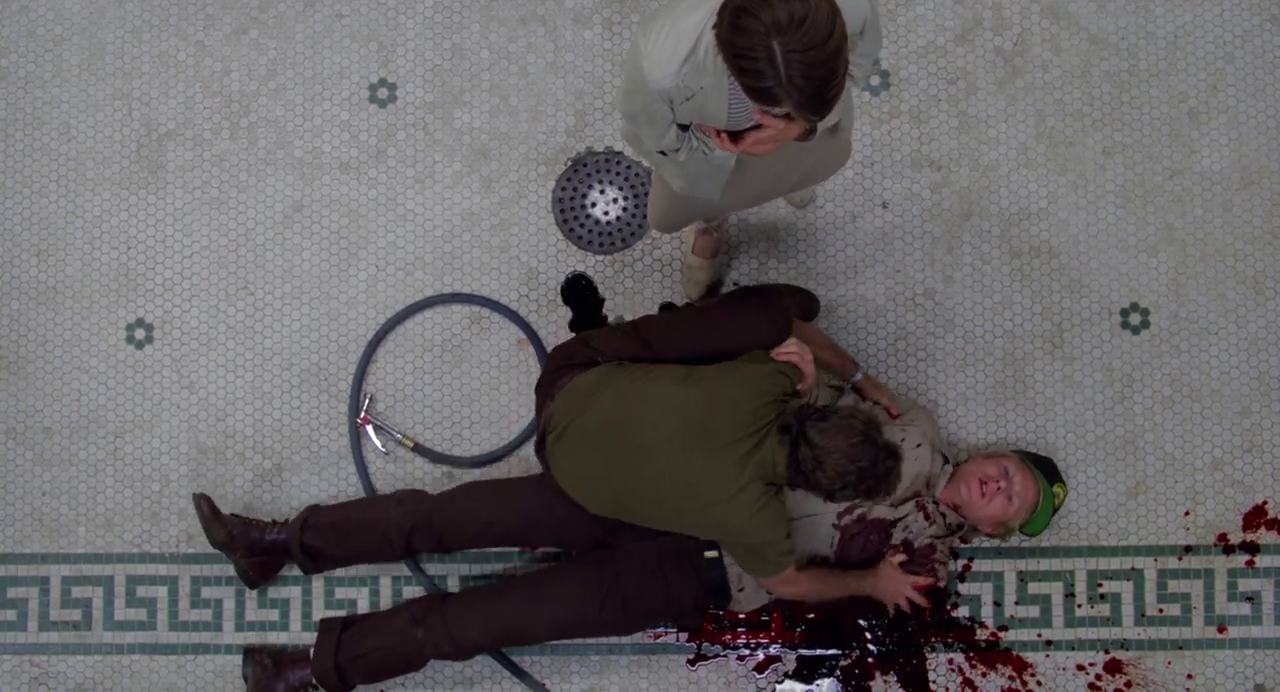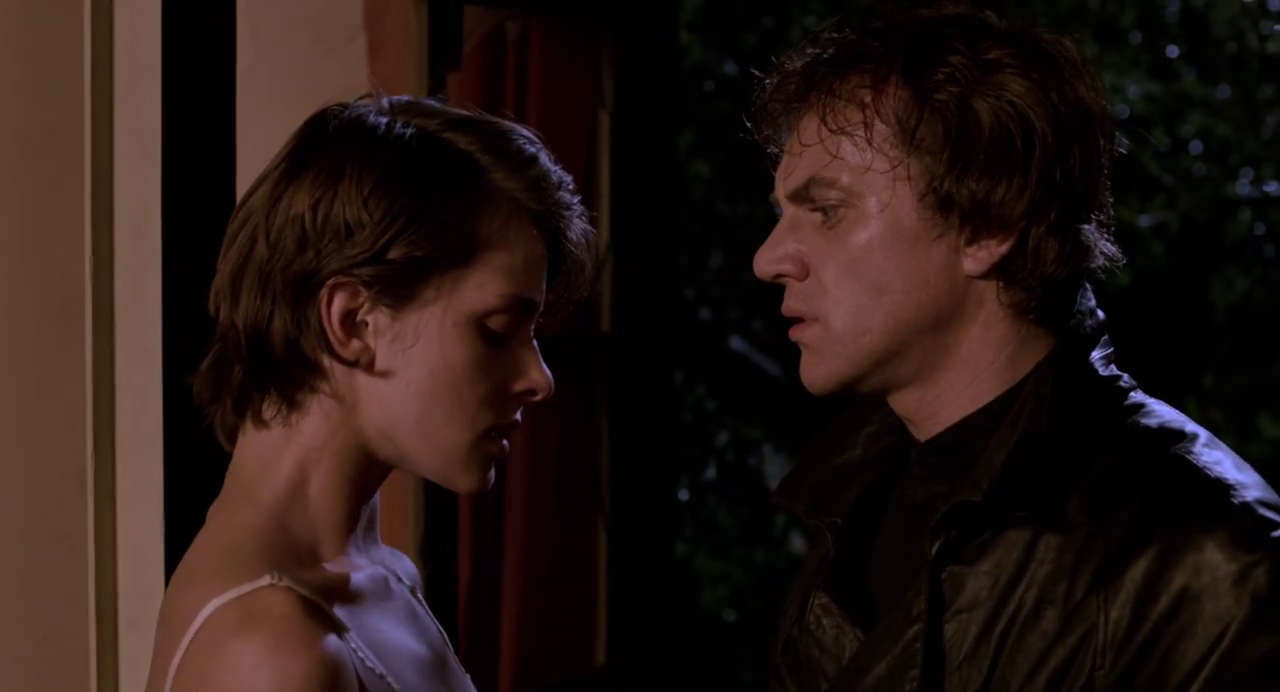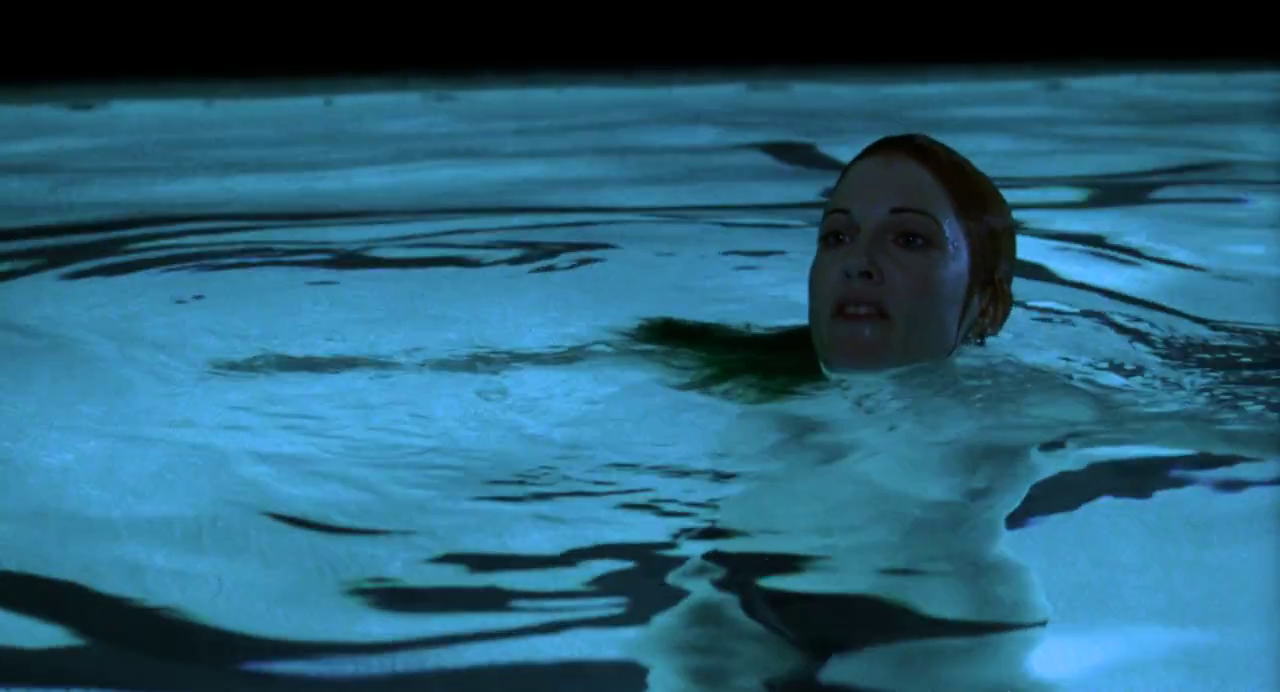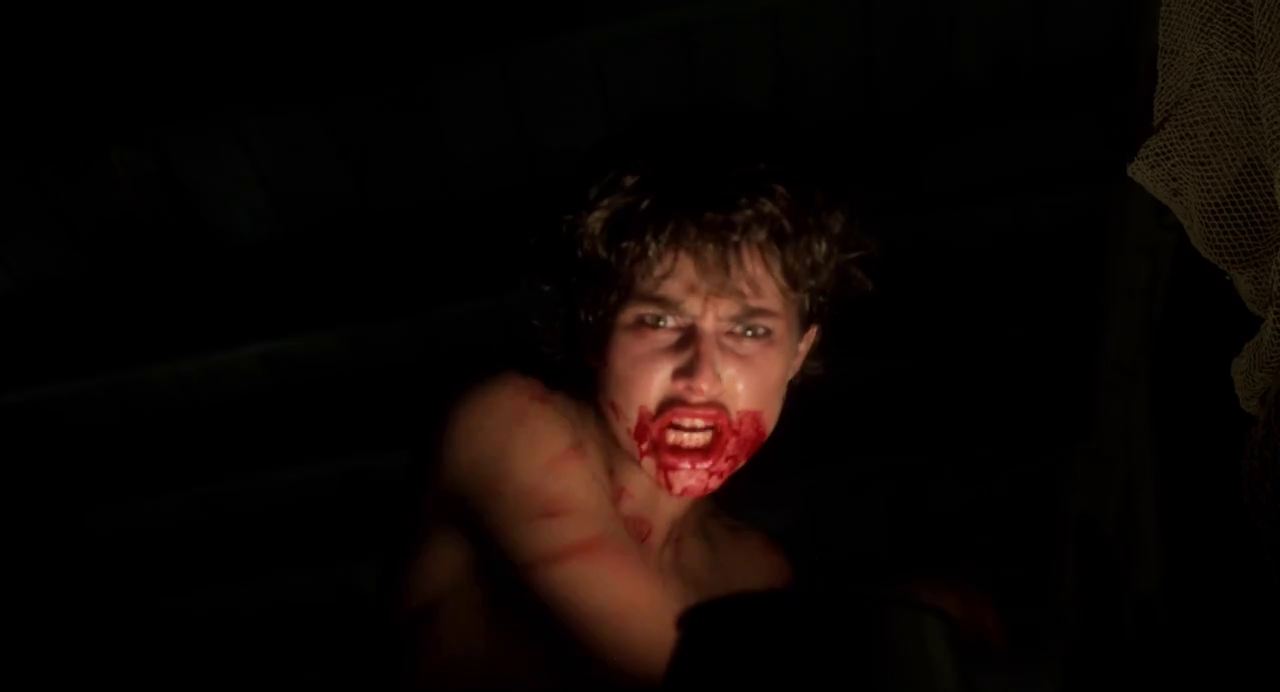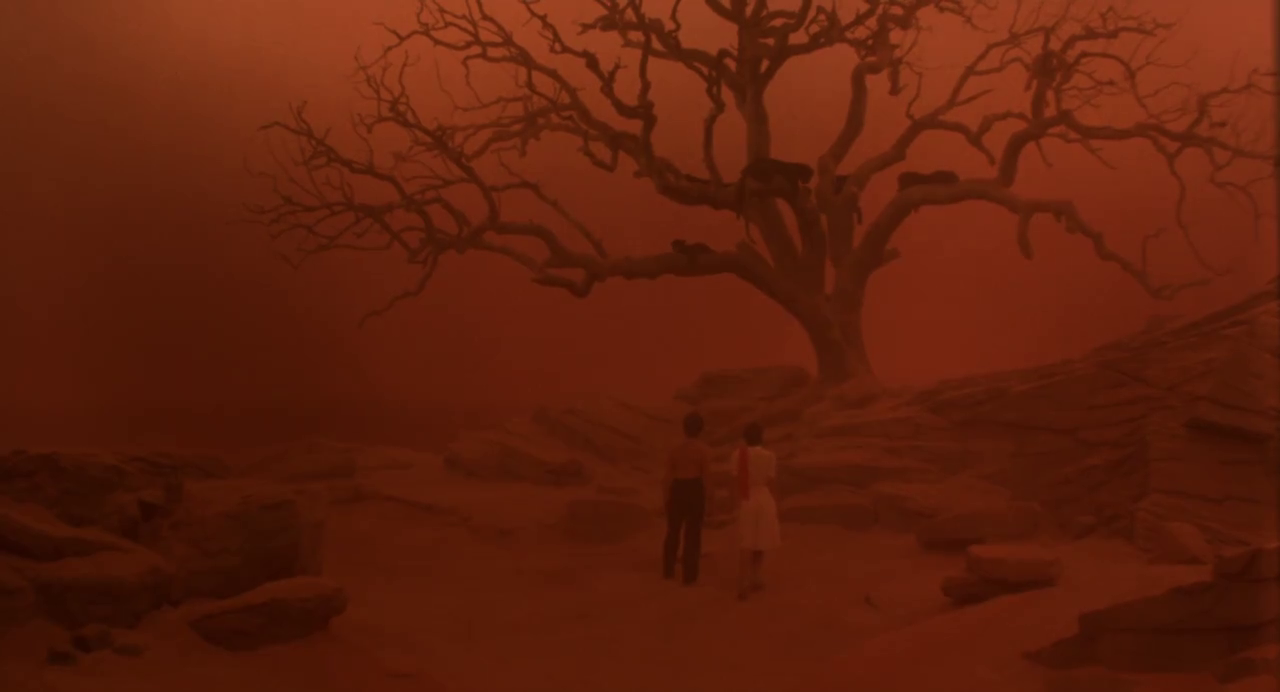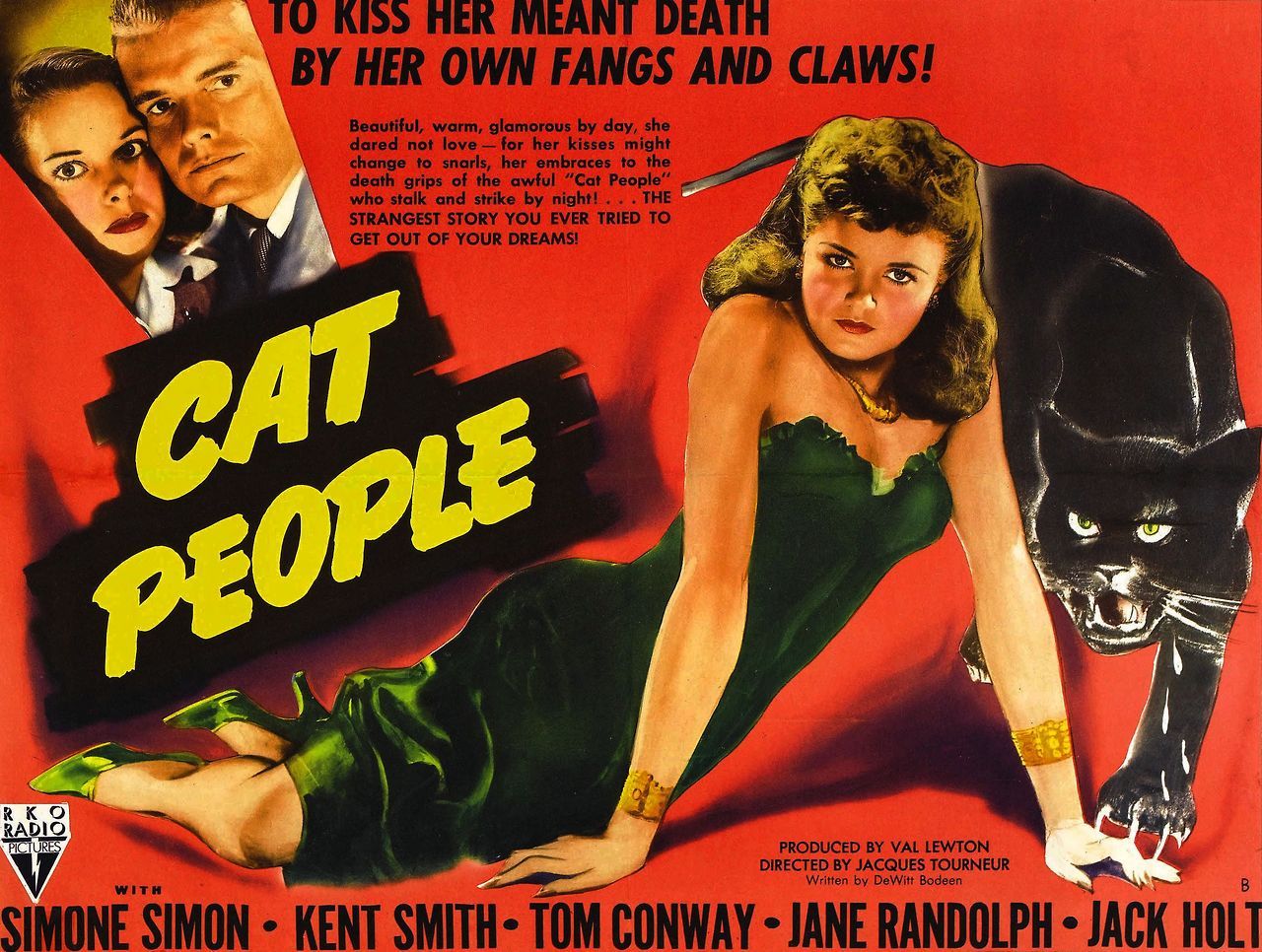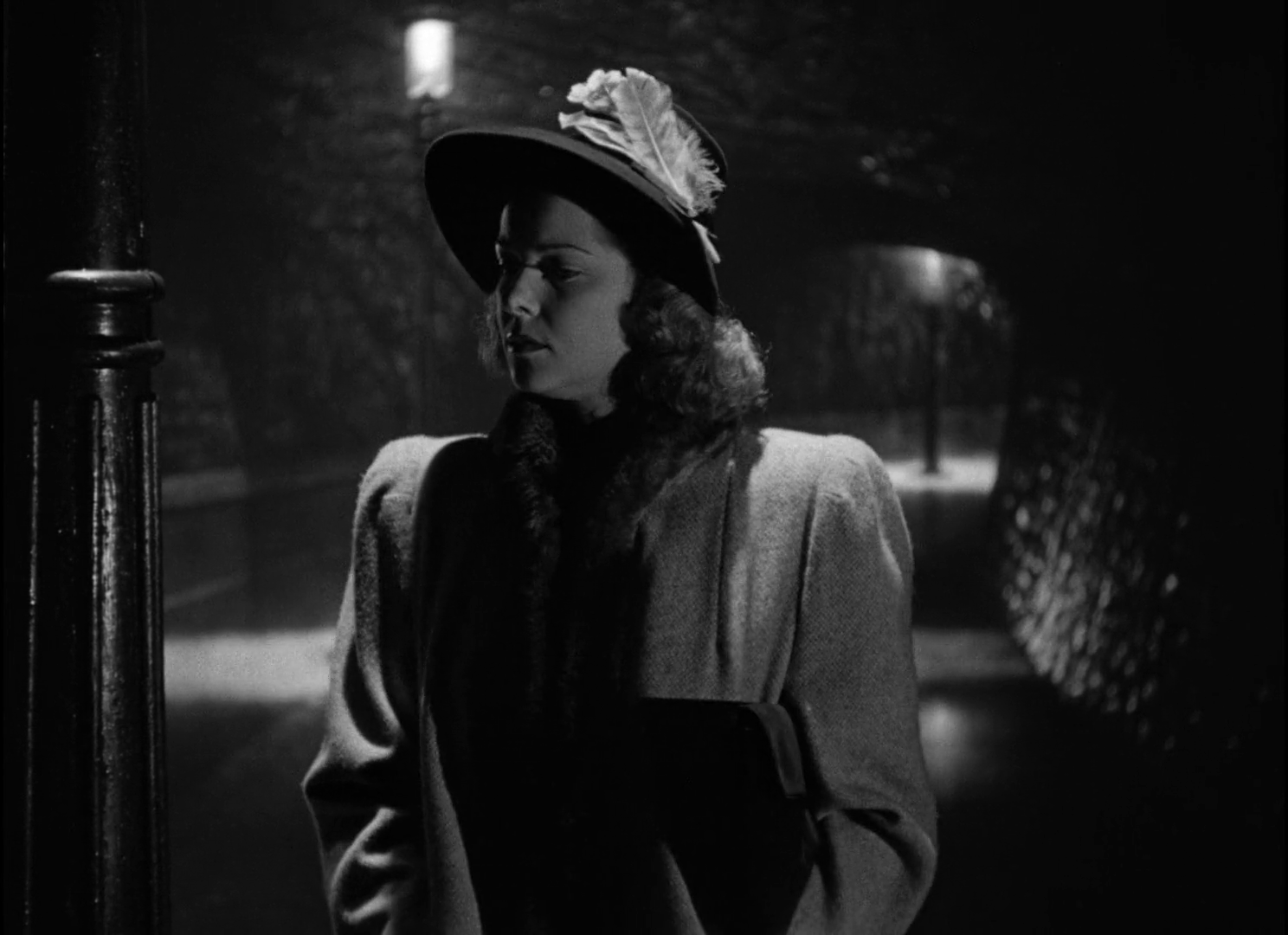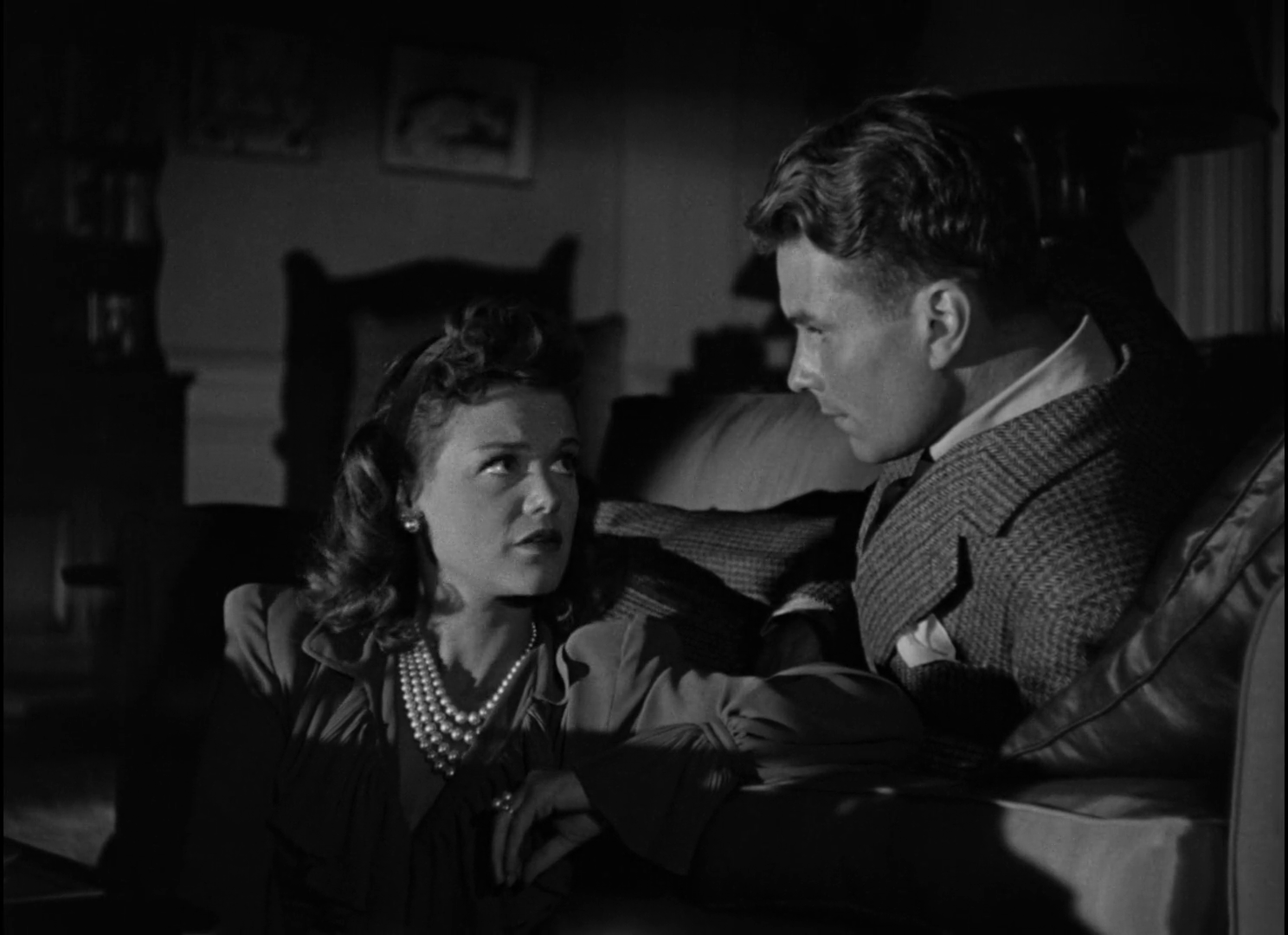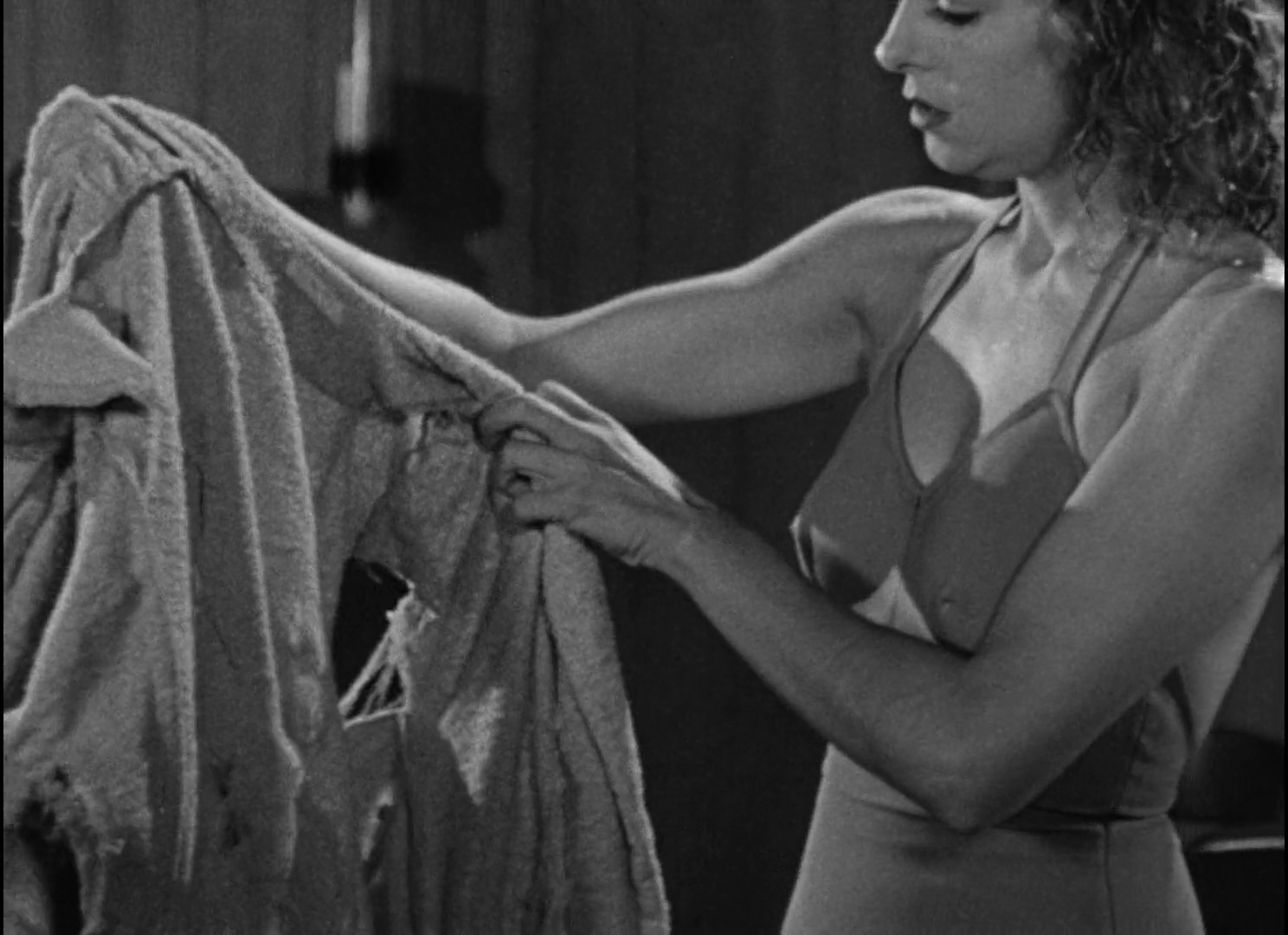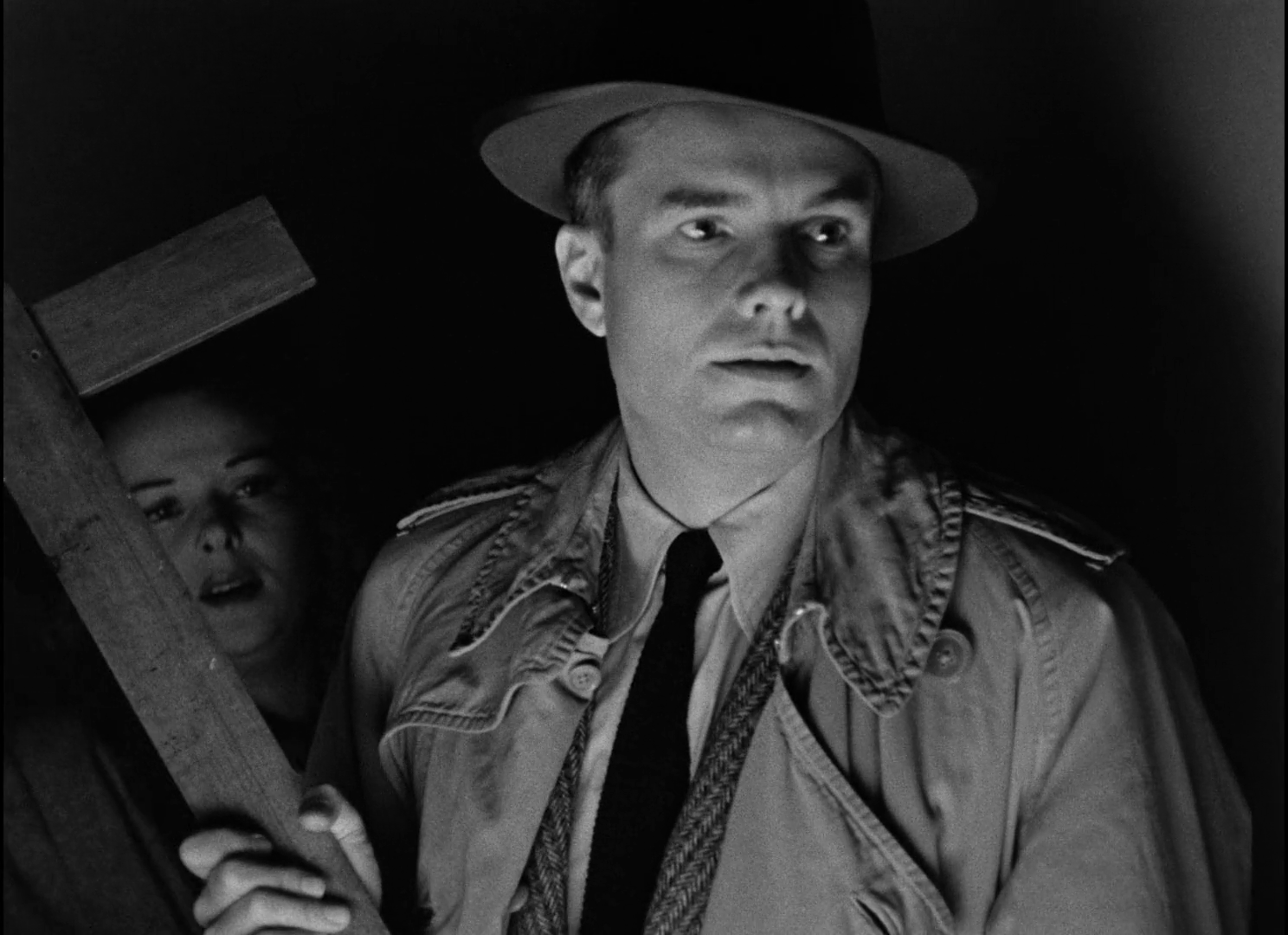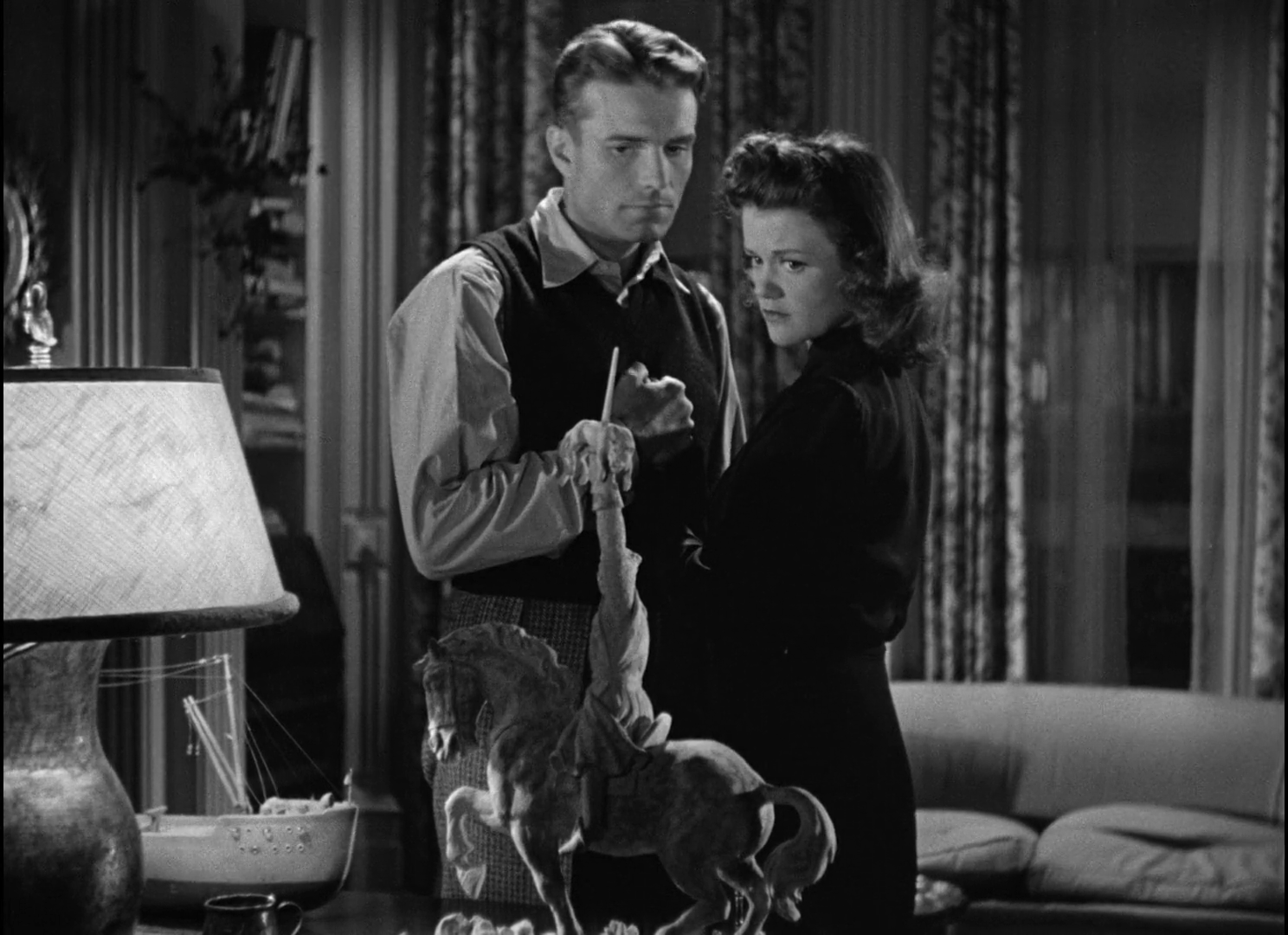The sexploitation films of the 60s and late 70s were a hallmark of non-explicit sexual situations but contained lots of gratuitous nudity, which kind of set themselves apart from hardcore pornography that would populate adult movie theatres of the 1970s and 1980s, yet there was a subgenre of sexploitation called Nazisploitation, which consisted of films depicting Nazis committing sex crimes and horrific acts during World War II – often following the “Women in Prison” formula – and today we will be looking at an Italian entry in this bizarre subgenre, one known also as The Last Orgy of the Third Reich.
While films like The Stewardesses and SexWorld relied on simulated sex and loads of nudity to draw in moviegoers’ films of the Nazisploitation Subgenre, such as Ilsa, She Wolf of the SS, added sadism, gore and degradation to “spice things up” and Cesare Canevari’s Gestapo’s Last Orgy more than aptly provided such things for its viewers, whether they wanted it or not. The general plot of this entry deals with the German SS officer Conrad von Starke (Adriano Micantoni) who is being forced to run a prison camp that performs double duty as a brothel, to take care of the needs of German soldiers on leave from the fighting, but while Starke insists that he himself would rather be fighting on the front lines his penchant for brutality and sadism clearly makes this the perfect job.
“Well men, it looks like we’ll be having a lot of sex, but first, some callisthenics.”
Things take an interesting turn when Starke becomes fascinated with Lise Cohen (Daniela Poggi), a Jewish prisoner who he becomes obsessed with as her spirit appears to be unbreakable, and he makes it his personal mission to break her body and soul. He tries very hard to bring her to the edge of madness, pushing the spectre of death into her face, but she has her own demons ones that keep such things as death either meaningless or even welcoming. The characters of Starke and Lise are surprisingly complex for this type of film, Lise is tortured with guilt surrounding a dark history while the sadistic Starke has a strangely submissive side, with him being dommed by Alma (Maristella Greco) a female SS guard and even being sodomized with his own whip by her. While this is unexpected character development, director Cesare Canevari did toss in some strange “love stories” through this film, such as Lise’s best friend falling in love with a guard and Lise herself having an affair with the camp’s doctor. Most of these relationships are less than organic and are merely an excuse to get a sex scene in the offing, but this at least gives us a break from all that weird torture stuff.
“I guess that was a gun in your pocket.”
And just how bad do things get during this film's 96-minute running time? Not only do we the expected scenes of naked women being whipped and sexually assaulted but we are also subjected to forced lesbian incest, coprophagia, urination, women being sodomized with bats, dumped in vats of lye and in one particularly horrendous dinner scene where hear from one of the SS staff that he hopes that in the future there can be farms where Jews can one day be a source of food, and that particular moment leads to the revelation that the dinner consists of a stew made of unborn Jewish infants. When one of the female prisoners passes out in shock they douse her body in brandy and set it alight, before eating her corpse in a disgusting orgy of sex and cannibalism. So yeah, this is definitely not a film for the squeamish and it is no surprise that Gestapo’s Last Orgy was banned in many countries and put on the “Video Nasty” list across the board. I’m not sure what the target demographic was for this film but over the years it has developed a bit of a cult following, but whoever would belong to such a "cult following" I'm not sure I want to meet.
I bet their banquets are atrocious.
Stray Observations:
• The women prisoners are forced to march naked around the camp, but to prove they weren’t complete bastards it appears that the Nazis allowed them to wear fuzzy slippers.
• The female prisoners are checked for sexually transmitted diseases yet at one point the doctor comments that a certain woman doesn’t need to be examined because she is a virgin, and I’m unclear as to how he was able to determine this without some kind of examination.
• Despite being starved, tortured and repeatedly raped, Lise manages to keep her make-up picture-perfect and intact while her 70s flyaway hair also remains nicely coifed and manageable at all times.
• Lise is suspended upside down over what I’m guessing was supposed to be a cage full of voracious rats but in actuality was a box full of gerbils.
What an adorable way to be tortured.
What can be said about a movie called Gestapo’s Last Orgy, is it a good film, not really, but then again was being good actually the point of this type of sexploitation film? The acting is a little better than what could be found in your average hardcore pornographic film of the time, which is certainly damning with faint praise, and the cinematography by Claudio Catozzo is solid on what I can assume was a fairly low budget and the end product does look fairly well put together, but you first have to be able to handle the questionable content before you can even think to appreciate the craftsmanship and that’s not something easily done if the subject on display is as nasty as this one gets.
Overall, this is not a film I can recommend even to the bizarrely curious as the sadistic torture elements weren’t all that well-executed – I’ve seen better in a Friday the 13th movie – and the sex scenes themselves were rather tepid, which is odd considering it deals with vile Nazis raping beautiful women, so unless you are really dying to see a movie that deals with Nazis, cannibalism and man-eating gerbils I’d say give this one a miss.
